Leipzig, situated on the White Elster River, has a population of about 600,000, making it the largest city in Saxony. From the border, it’s a mere 2.5-hour journey to the city, hence, in my view, Leipzig, or ‘Leipzig’ in German, is an ideal destination for a city-break from Poland.
Why should you consider visiting Leipzig? What activities can you undertake there? I spent five days in Leipzig, during which I explored the city from various perspectives: visiting popular attractions, taking trips to the lake, and discovering delicious eateries. I even sought out some adrenaline-filled experiences! Therefore, in this post, I’ll share some of the unique attractions Leipzig offers. It’s going to be exciting, so let’s dive in!
Table of Contents
- 1 Intriguing Facts about Leipzig
- 2 Leipzig Attractions – What’s Worth Seeing?
- 3 Active Leipzig: On a Bike
- 4 Kayaking Around Leipzig
- 5 Transportation in Leipzig – What’s Worth Knowing?
- 6 Leipzig’s Most Interesting Attractions
- 7 Old Town in Leipzig
- 8 Leipzig’s Old Town Hall
- 9 Passageways in Leipzig
- 10 Auerbach Keller
- 11 Bach Museum
- 12 Leipzig Train Station
- 13 Lakes in and around Leipzig
- 14 Johanna Park
- 15 Federal Administrative Court in Leipzig
- 16 St. Thomas Church in Leipzig
- 17 St. Nicholas Church in Leipzig
- 18 University Church
- 19 Holocaust Memorial Monuments
- 20 Industrial Leipzig
- 21 Murals in Leipzig
- 22 Monument to the Battle of the Nations
- 23 Porsche Leipzig
- 24 Panorama Tower
- 25 What Else is Worth Seeing in Leipzig?
- 26 Prices in Leipzig
- 27 Shopping in Leipzig
- 28 Where to Stay in Leipzig?
- 29 Where to Eat in Leipzig?
- 30 What to Do in Leipzig?
Intriguing Facts about Leipzig
What should you know about Leipzig? To start, I will share some fascinating facts about the city:
- Leipzig’s ‘Zum Arabischen Coffe Baum’ is the oldest existing coffee house in Europe, established in 1720 (it is currently being renovated).
- Leipzig boasts more bridges than Venice, tallying 427 against Venice’s 400.
- One-third of Leipzig is comprised of green parks and forests.
- Notable natives include Richard Wagner, two members of the Bach family, and the lead singer of the band Rammstein.
- The city was under Polish governance for 50 years.
Leipzig Attractions – What’s Worth Seeing?
What are Leipzig’s key attractions? Certainly, the local zoo draws most tourists. Lately, the Battle of Nations monument, which for many evokes images of Mexico, has gained popularity. Moreover, Leipzig is a city linked with numerous artists. Notably, it served as a creative hub for several members of the Bach family, was the birthplace of Richard Wagner (composer), and was where Johann Wolfgang von Goethe lived and worked. Why mention this? Because in Leipzig, you can follow in their footsteps.
Brimming with history, Leipzig is a city where old coalesces with new; it’s a spot for those seeking not only sightseeing but also relaxation, such as by the water.
It’s worth remembering that Leipzig was part of the German Democratic Republic (GDR) from 1949 to 1990, a fact that is reflected in its architecture. In Leipzig, architectural styles intermingle at every corner, creating a fascinating experience. You can admire beautiful Renaissance townhouses juxtaposed with Brutalist structures. It’s a city of contrasts: on one hand, you’ll find the Baroque, and on the other, extremely colorful and intriguing murals.
Active Leipzig: On a Bike
If you’re seeking a city where you can spend your time actively, Leipzig is a perfect choice. I’ve often heard that Leipzig is an excellent city for cycling, and upon checking for myself, I found this to be true. There, almost everyone cycles, rental bikes are available at every corner, and there’s an abundance of bike paths.
How does one rent a bike in Leipzig? It’s straightforward – just install the NextBike app, enter your payment details, and you’re good to go. Renting a bike is quite easy; you just need to ensure to return it within the designated zones (otherwise, an additional fee applies). I traversed several kilometers on these bikes: through parks, alleyways, bike paths, and roads, and I felt safe throughout. The last time I experienced such enjoyable cycling was in Londonderry, Northern Ireland. ?
The rental cost is 1 euro per 15 minutes.
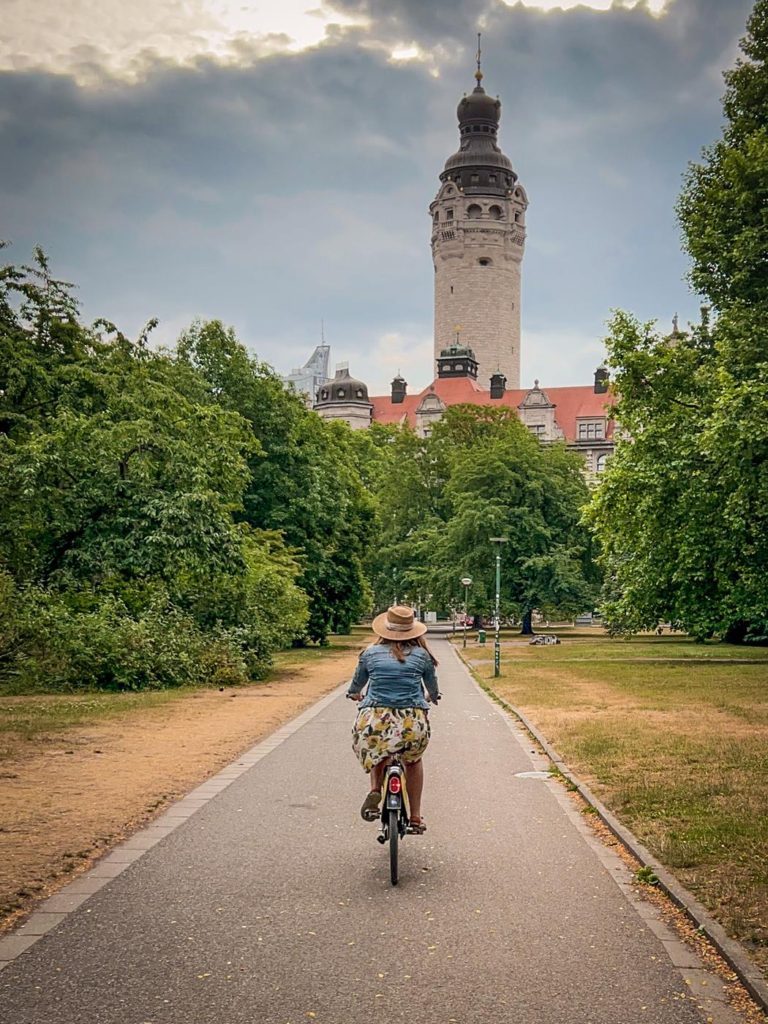
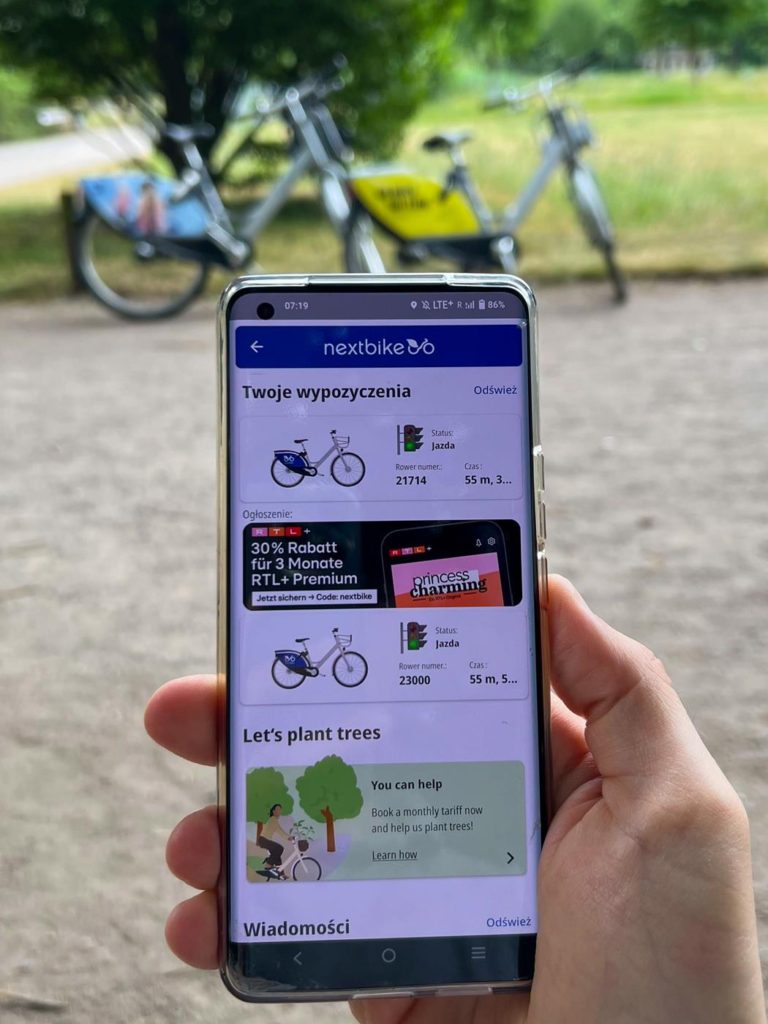
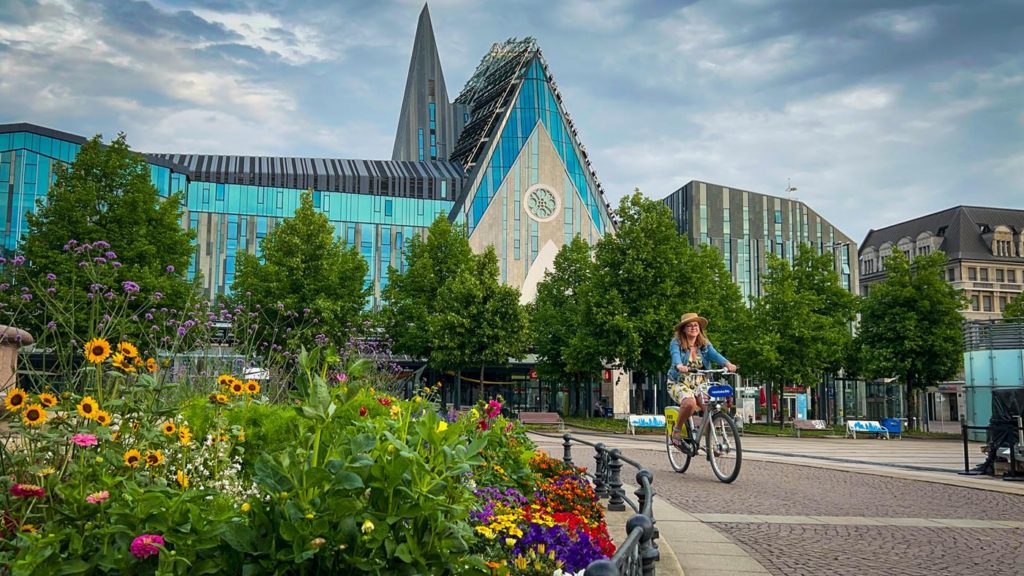
Kayaking Around Leipzig
In addition to active cycling, Leipzig invites exploration via its waterways on boats or kayaks. The city is rich with canals and rivers! If you’re new to kayaking, here are a few tips. First, remember to bring sunscreen, a hat, and cover your shoulders – the sun can be quite potent when you’re out on the water. Life vests are usually provided at rental shops, and you might want to watch a few tutorials on YouTube beforehand to kayak smartly and avoid exhaustion. But feel free to skip this step and try it your way – the kayak will move regardless! ?
Leipzig has a fair number of places where you can rent kayaks or canoes. While I endorse this location, I have some advice to make your experience a success. It’s not overly crowded during weekdays, but kayaking is a popular pastime in Leipzig, so during weekends it’s best to arrive early in the morning (they open at 10 AM) or around 3 PM. At other times, you may find all kayaks rented out. If you arrive at 5 PM, they might say it’s too late for rentals.
What’s the route like from here? We embark on the White Elster River and can continue straight or branch into different channels. I personally think the journey from this spot is wonderful, as you pass close by Buntgarnwerke. This factory is one of the most captivating industrial landmarks in Germany, and it’s truly impressive after renovation. The remarkable factory building was constructed between 1887 and 1895. If you choose not to go for a river tour, you can admire it from the bridge, but it’s definitely worth seeing up close. In my view, kayaking through the industrial part of the city is most intriguing; few places in Europe offer such a unique city perspective. The rivers and canals are well-suited for this – there are spots where you can dock and enjoy a picnic.
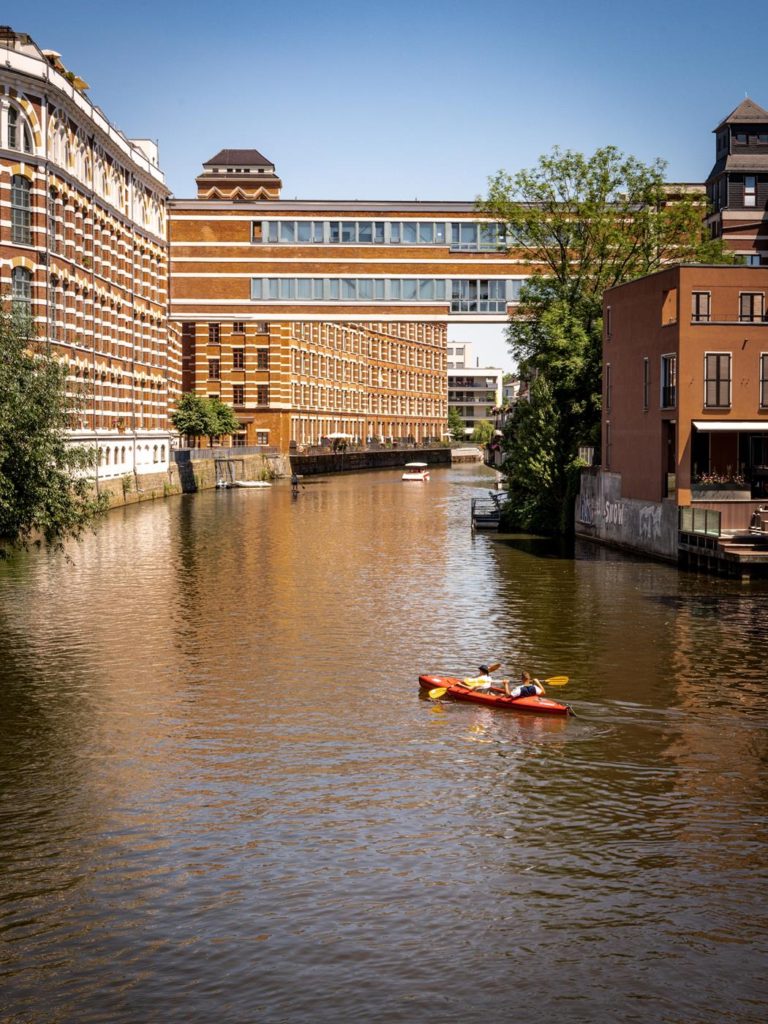
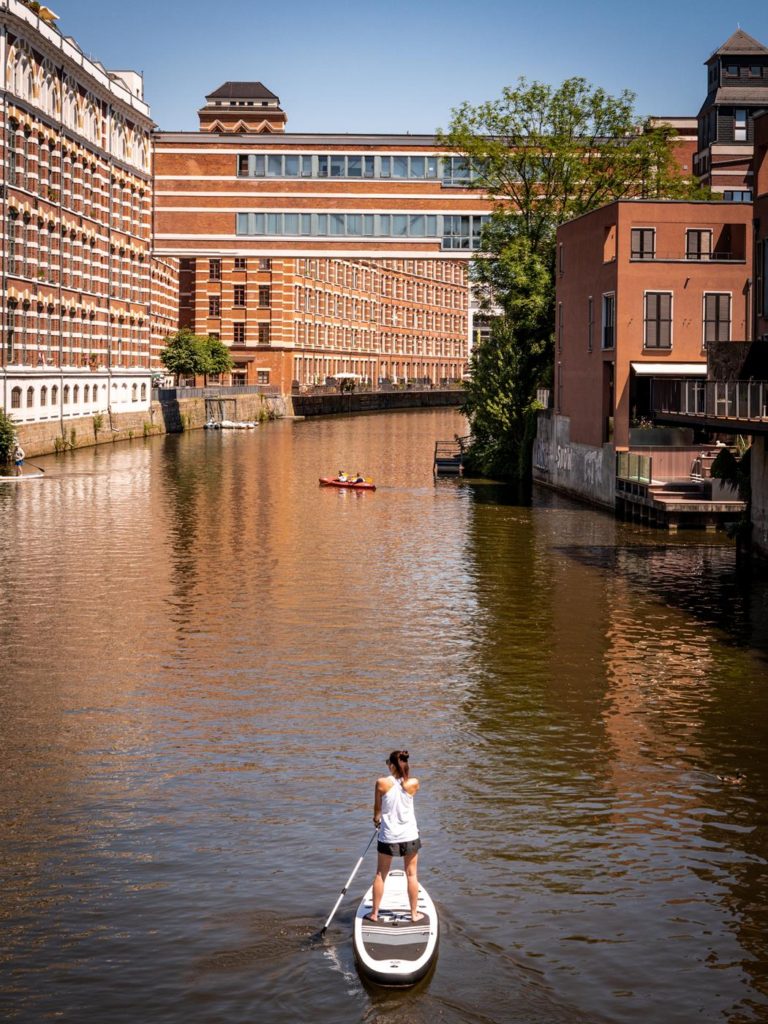
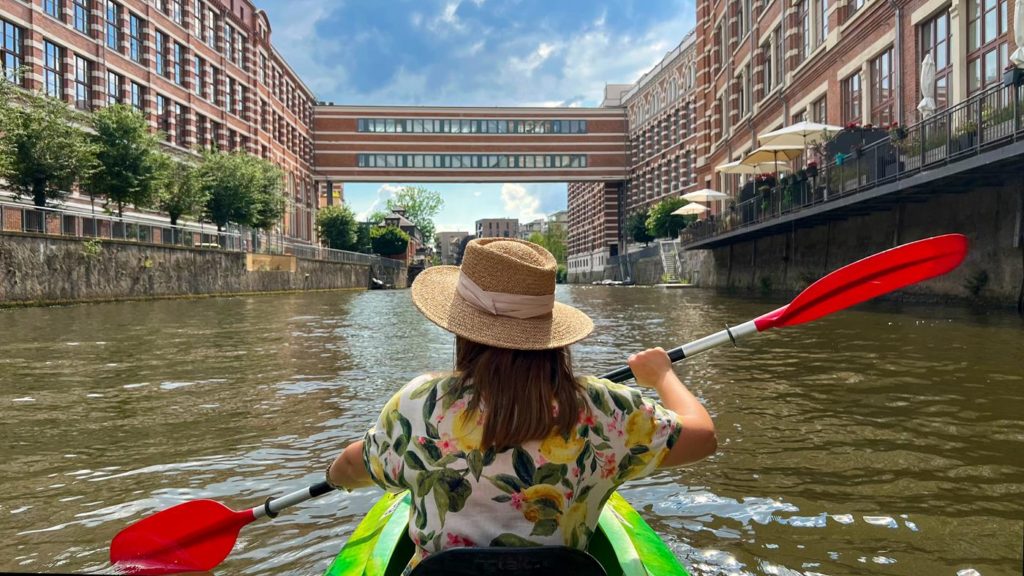
Transportation in Leipzig – What’s Worth Knowing?
Public transportation in Leipzig is efficient and convenient. We used tickets that cost 9 euros, available during the holiday season, but the Leipzig City Card is also an option. With this card, you can travel on buses, streetcars, and even the subway! Yes, Leipzig does have a subway system – it only consists of a few stations, but it’s an additional attraction, especially when visiting with children. ?
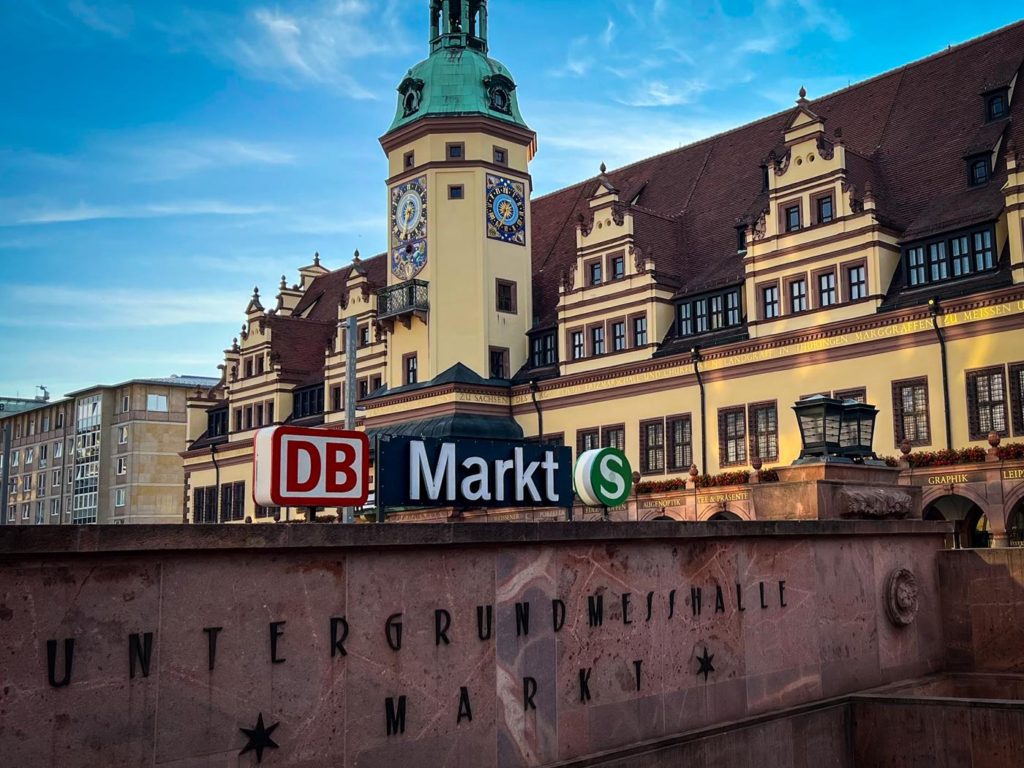
Leipzig’s Most Interesting Attractions
We’ve compiled a list of some of the most interesting attractions in Leipzig. These are places you should definitely see when in this city. However, I must confess, these are not the only worthwhile sights in Leipzig. The city can be explored extensively, so below you’ll find the attractions I managed to visit.
Old Town in Leipzig
While roaming the Old Town of Leipzig, numerous buildings will grab your attention. Starting from the Market Square and the Old Town Hall, through the Königshaus or Royal Tenement House, to the beautiful Baroque architecture of the Old Stock Exchange. At every turn, we encounter monuments dedicated to individuals associated with the city, such as the Goethe monument on Naschmarkt or the Bach monument next to St. Thomas Church. The Old Town is packed with renowned and popular points of interest, so it’s worthwhile to wander around with a map or guidebook.
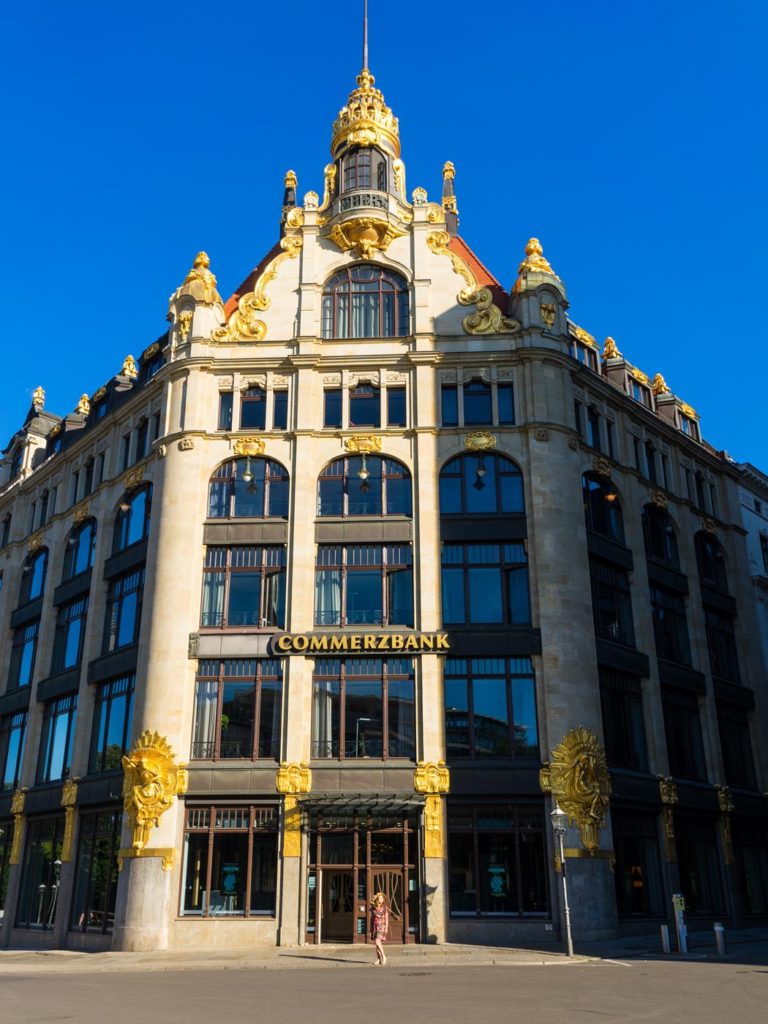
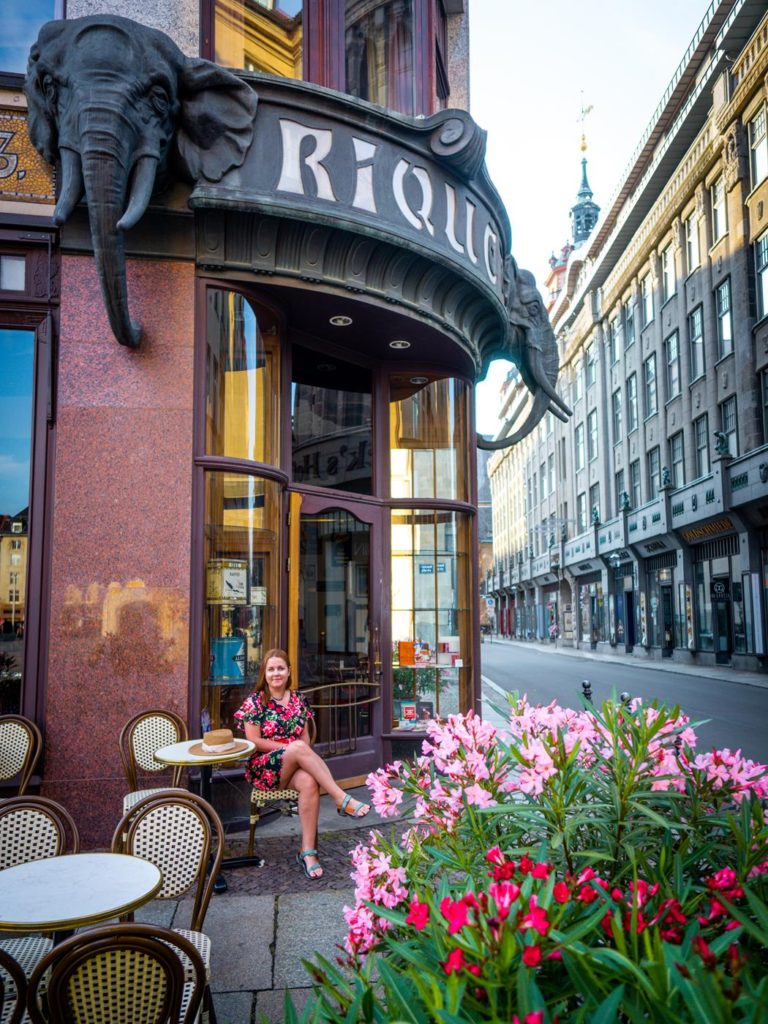
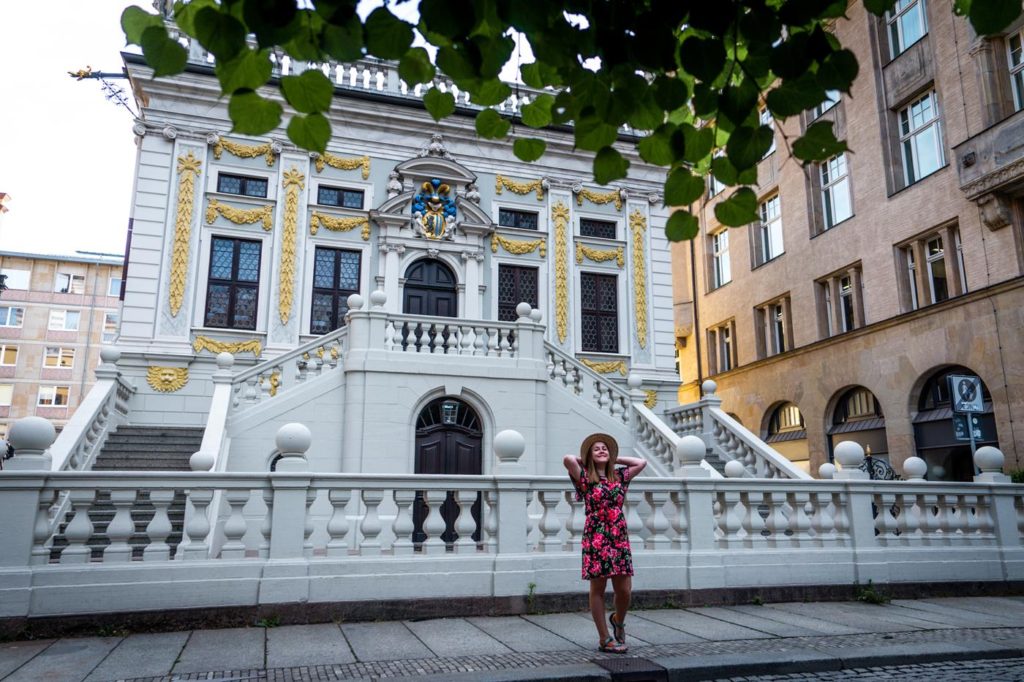
Leipzig’s Old Town Hall
Leipzig’s Old City Hall is considered by many to be one of the most beautiful Renaissance town halls in Germany. It was constructed within a short span of just nine months between 1556 and 1557. Today, it stands as one of the most photogenic locales and a gathering place for Friday markets, where you can purchase delicious food, flowers, and even… dumplings.
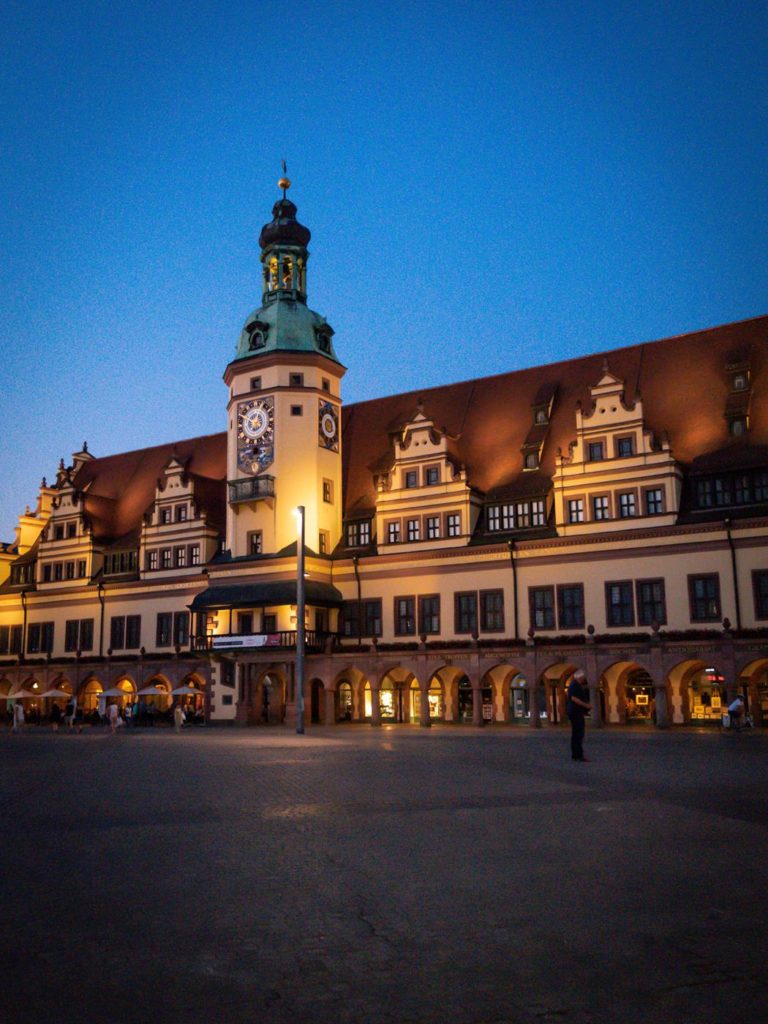
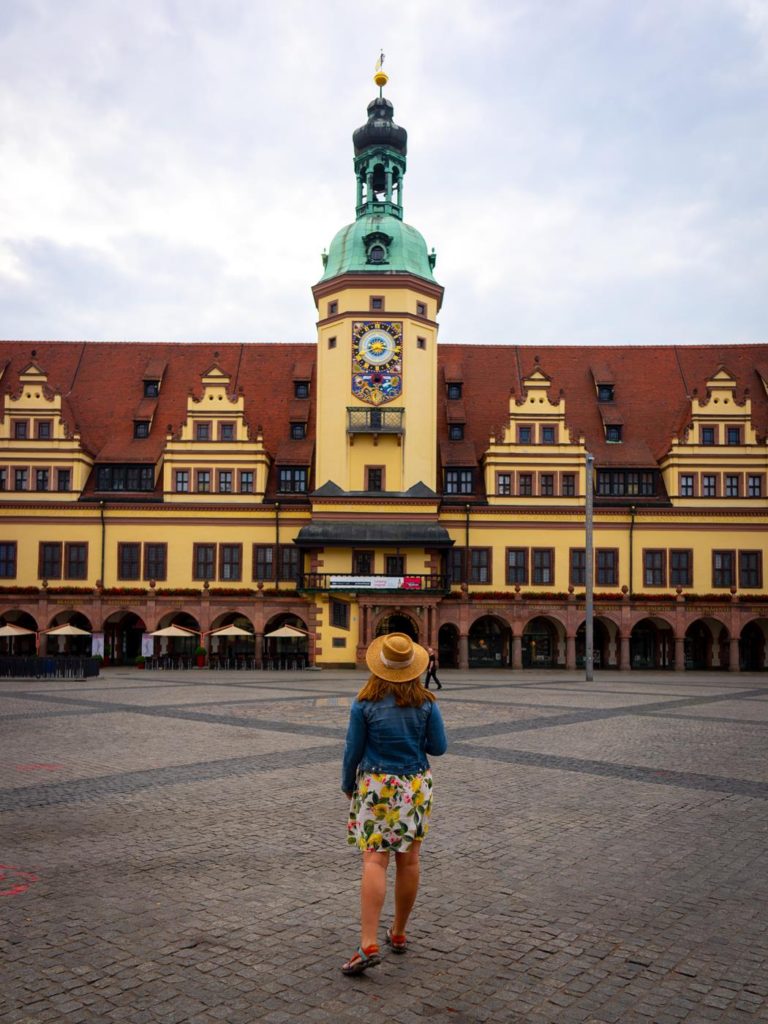
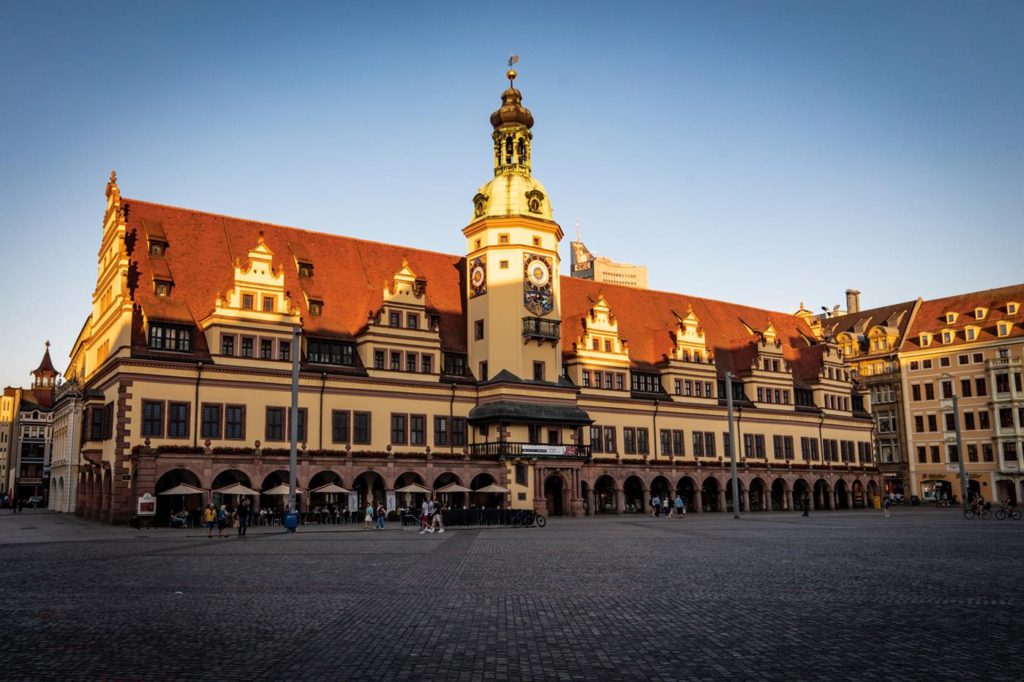
Passageways in Leipzig
Leipzig is a distinctive city, particularly due to its numerous passageways. When I say passageways, I’m referring to routes between buildings and stores. You can walk inside these buildings, shop, or visit restaurants. The most famous is the Mädler Passage, home to Auerbach Keller, a renowned basement restaurant. My personal favorite is Speck’s Hof, the city’s oldest passageway. Another interesting one is the Jägerhofpassage.
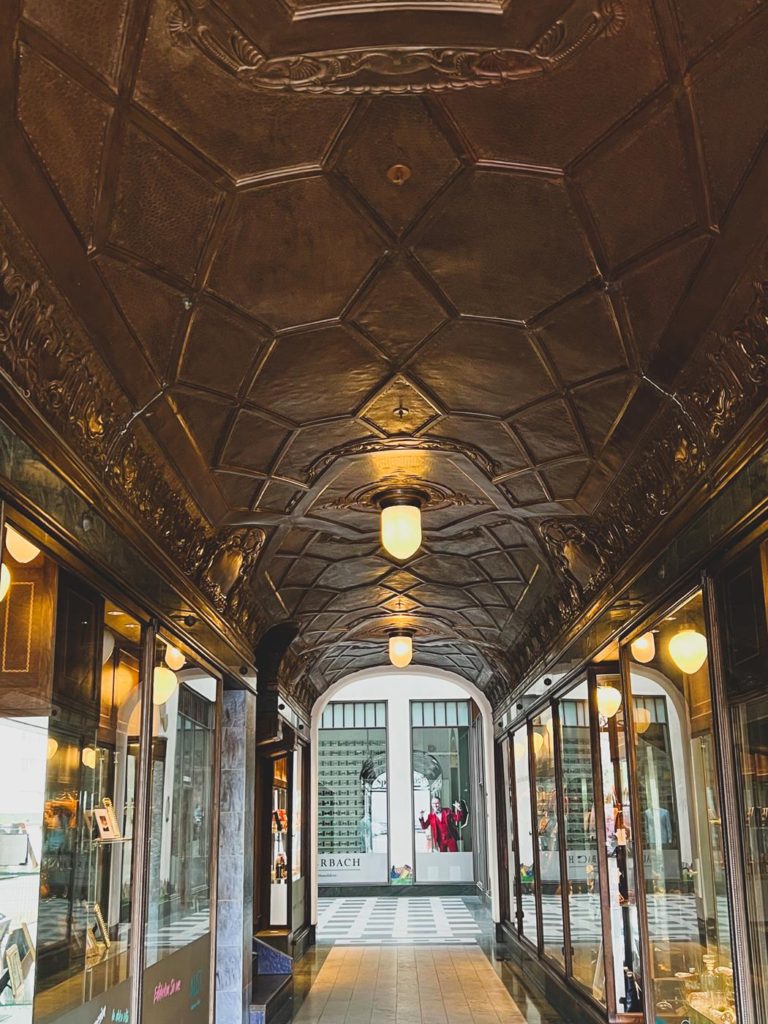
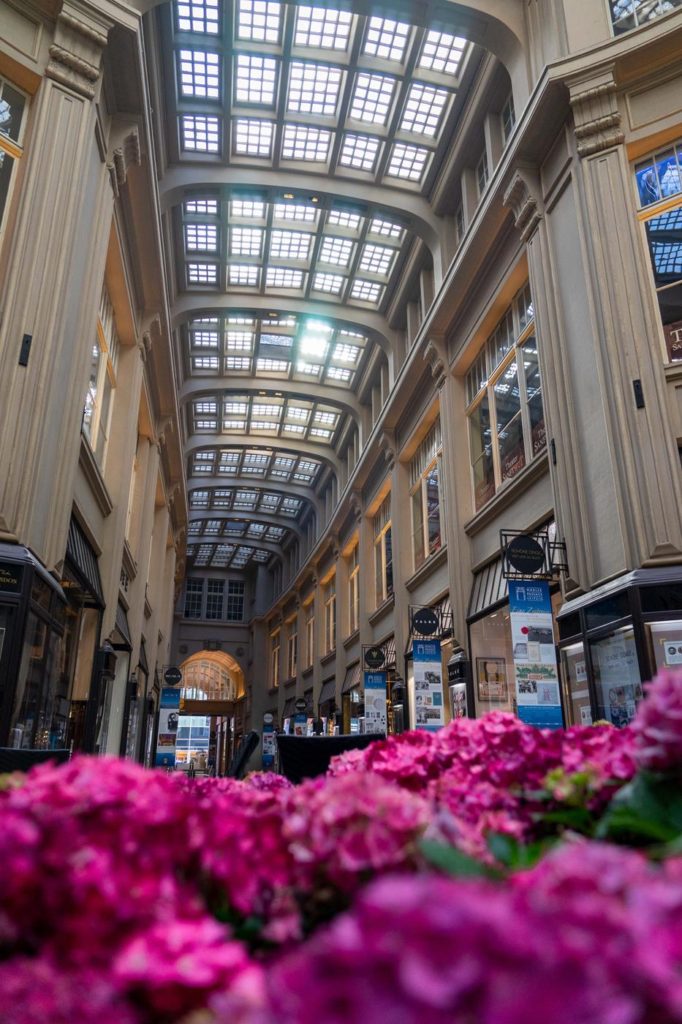
Auerbach Keller
Johann Wolfgang Goethe studied in Leipzig between 1765 and 1768, during which time he frequently visited Auerbach’s Keller. This establishment later became globally famous, thanks to a scene from his renowned work “Faust”. To this day, you can enjoy traditional German dishes, beer, or wine at this venue. I’ve been there and can recommend it wholeheartedly – if you’re in Leipzig, it’s worth making a reservation! While I didn’t find as much inspiration there as the writer did, it was certainly an enjoyable experience.
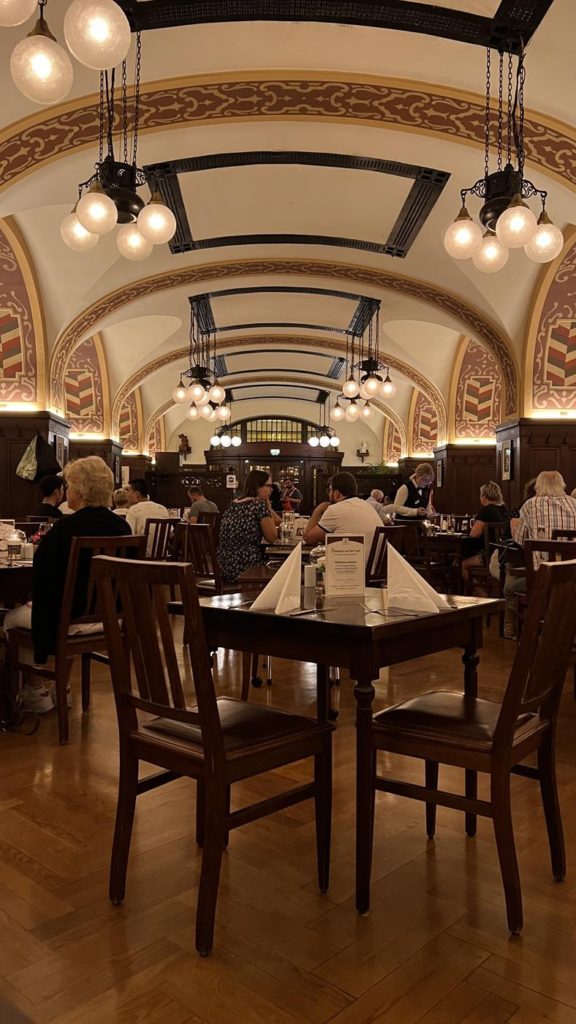
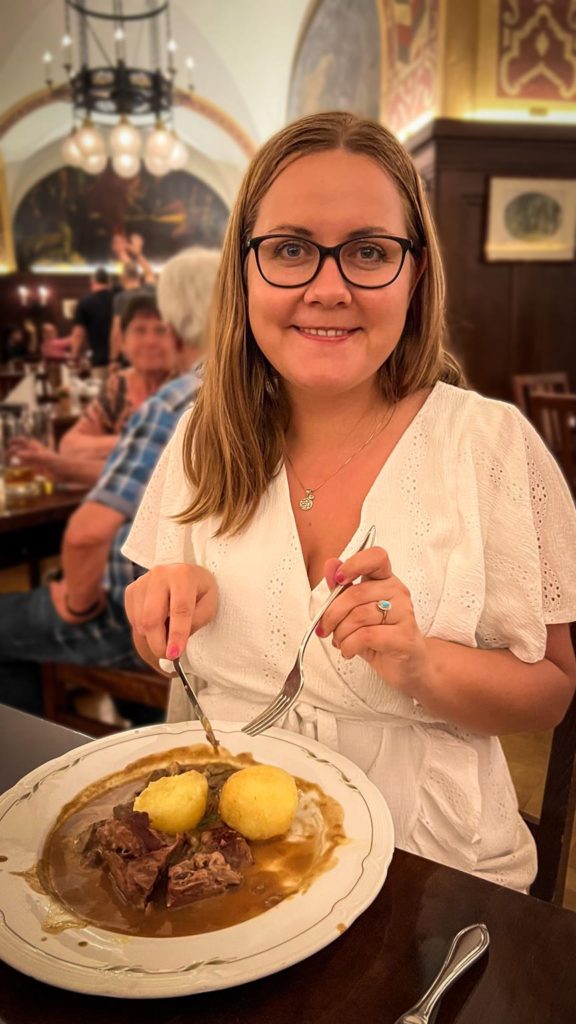
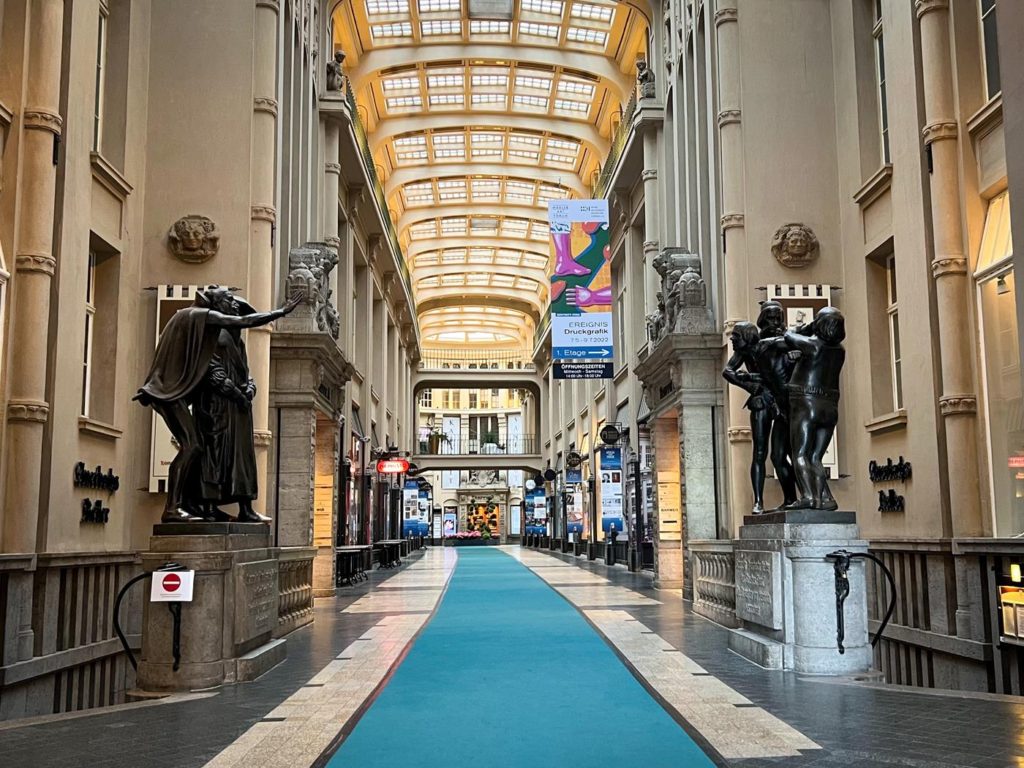
Bach Museum
In Leipzig, you could easily spend an entire weekend exploring museums. There’s a diverse array to choose from, ensuring something for everyone. I particularly recommend the Bach Museum, even if you’re not his biggest fan. Why? The museum offers a Polish audio guide, it’s small enough to explore within an hour, and it’s interactive and genuinely intriguing. For instance, you can compose your own tune and play it. Moreover, the museum is ideally located right next to St. Thomas Church, making it easy to find.
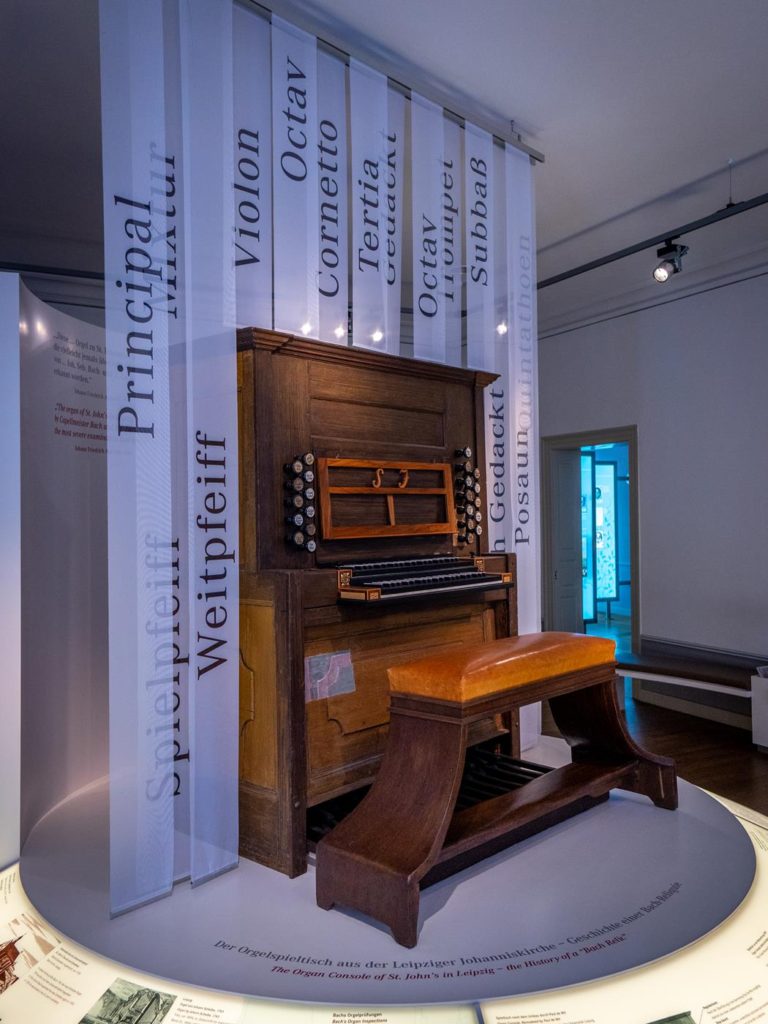
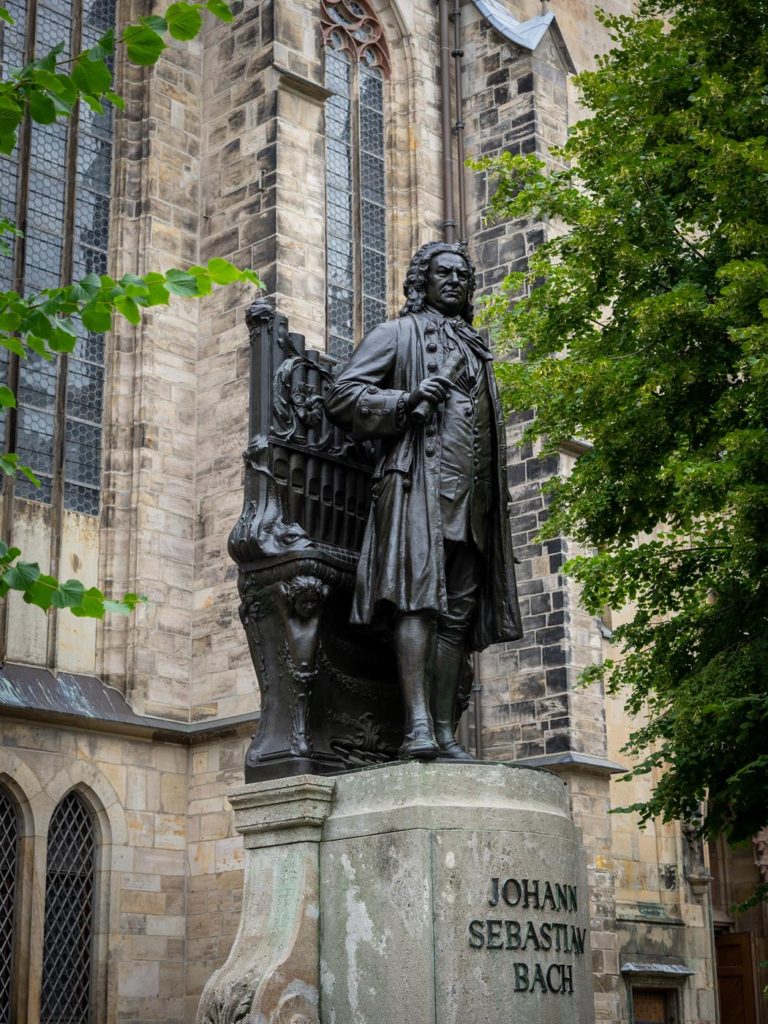
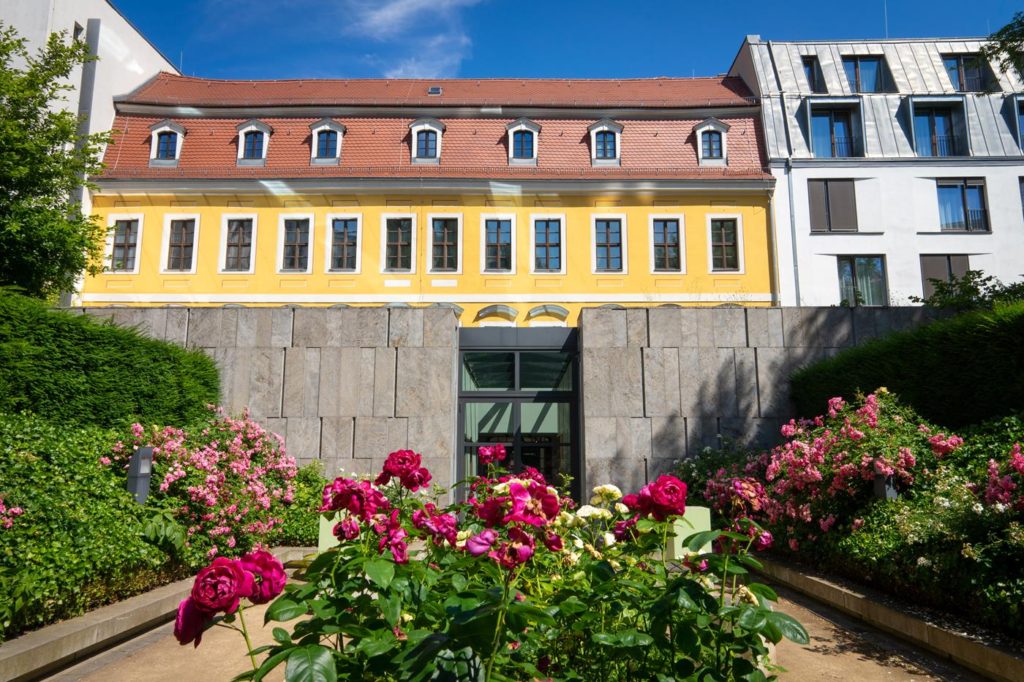
Leipzig Train Station
Leipzig Train Station is one of the largest terminus stations in Europe. It’s best appreciated from a distance, such as from the Panorama building. Its vast size led to a portion of the station being converted into a shopping mall a few years ago.
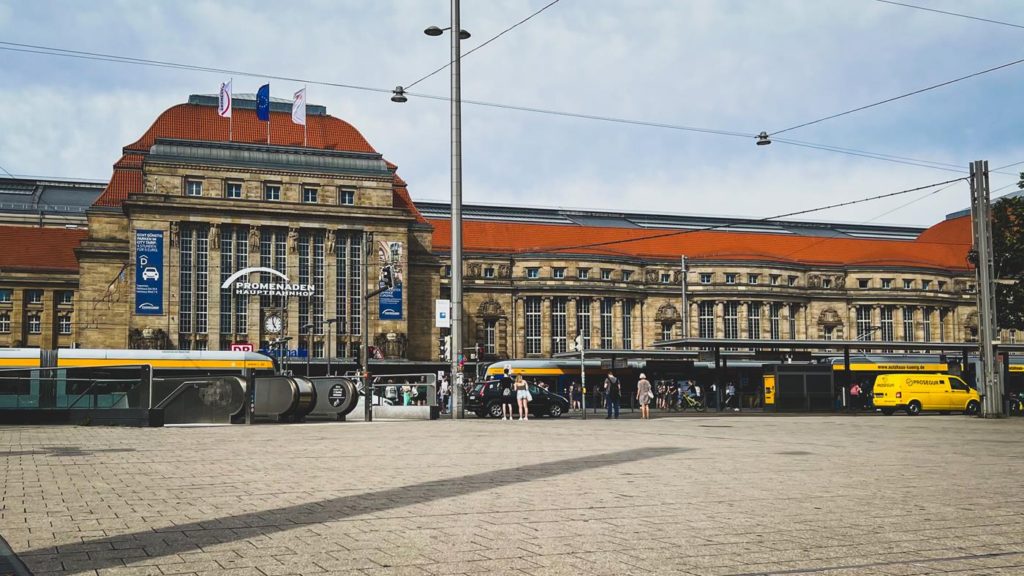
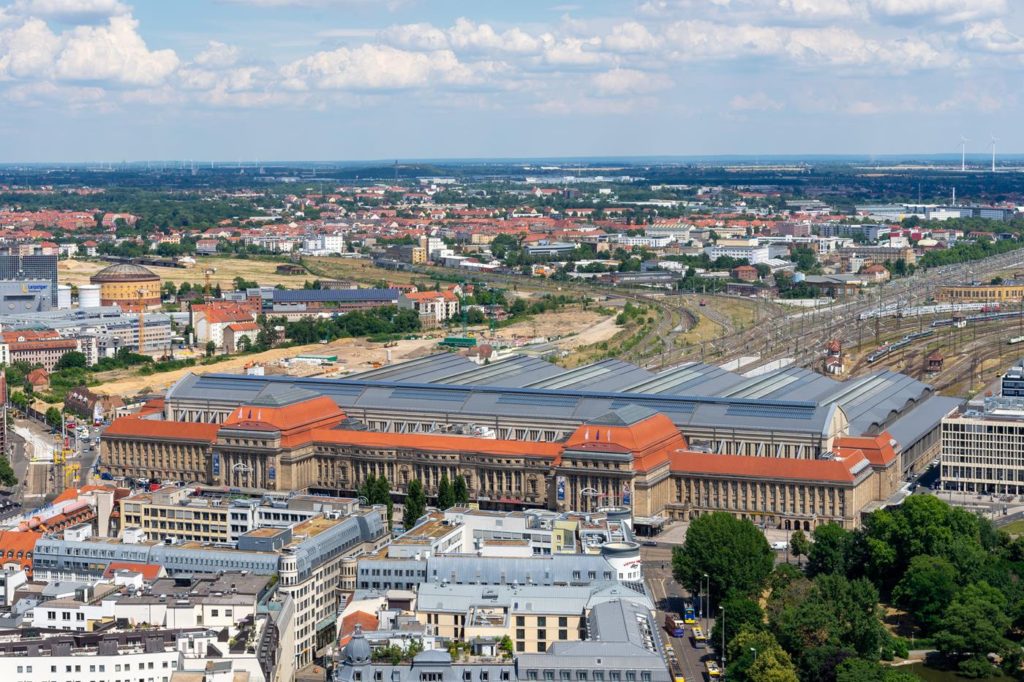
Lakes in and around Leipzig
When discussing Leipzig’s attractions, the numerous lakes are impossible to ignore. There are over a dozen of them; we visited two.
- Cospudener See, the most popular lake in the New Lake District, is especially worth visiting for its beautiful sunsets. You can relax on the sandy beach, have a picnic, or dine at a restaurant overlooking the lake.
- Another lake we visited is Schladitzer See. It’s less frequented, hence more secluded. With its sandy beach, clear water, and grazing horses nearby, it offers a truly idyllic atmosphere.
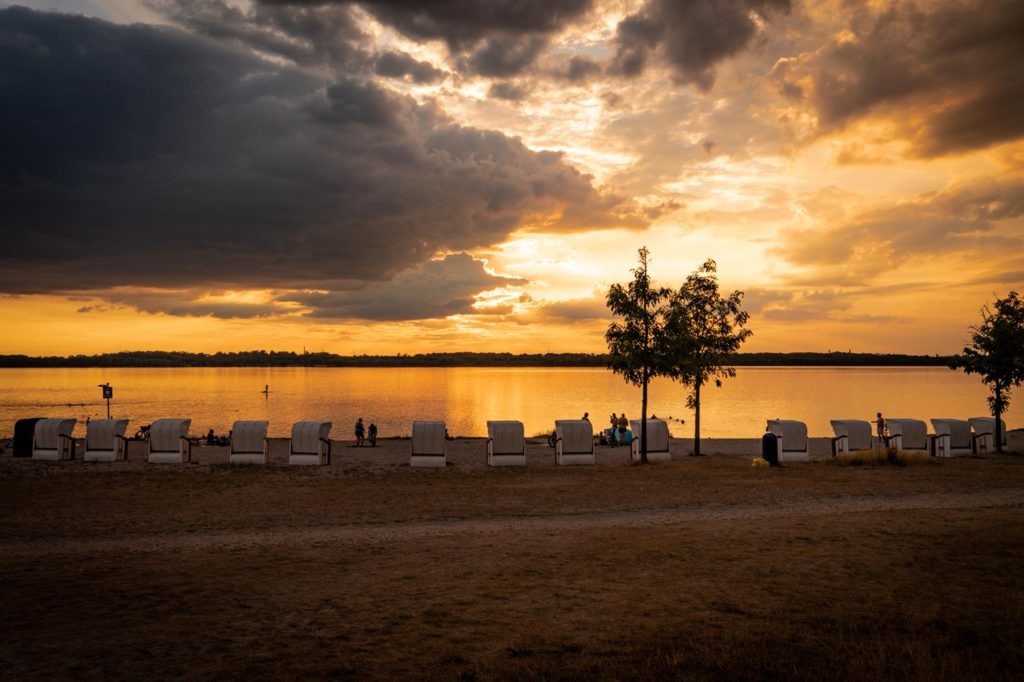
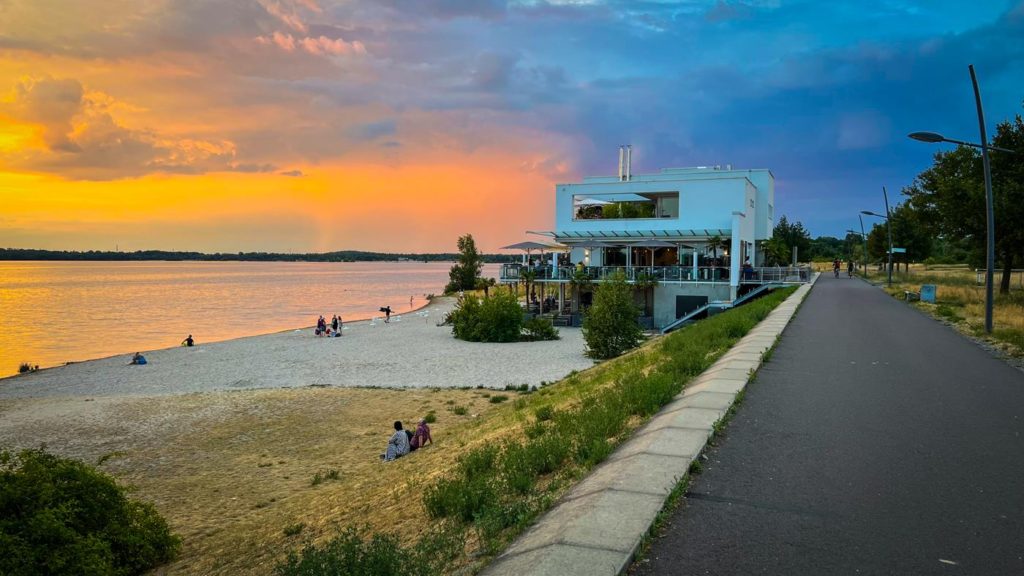
Johanna Park
Given Leipzig’s abundant greenery, the city’s parks are also worth a mention. Johanna Park is ideal for biking, walking, picnicking, reading books, and nature watching. We engaged in all these activities and managed not only to unwind, but also to spot different species of ducks and a grey heron. Interestingly, this wasn’t the only place in Leipzig where we sighted a heron – we saw another one in the small Obere Park. As a huge nature enthusiast, such experiences left an indelible impression on me.
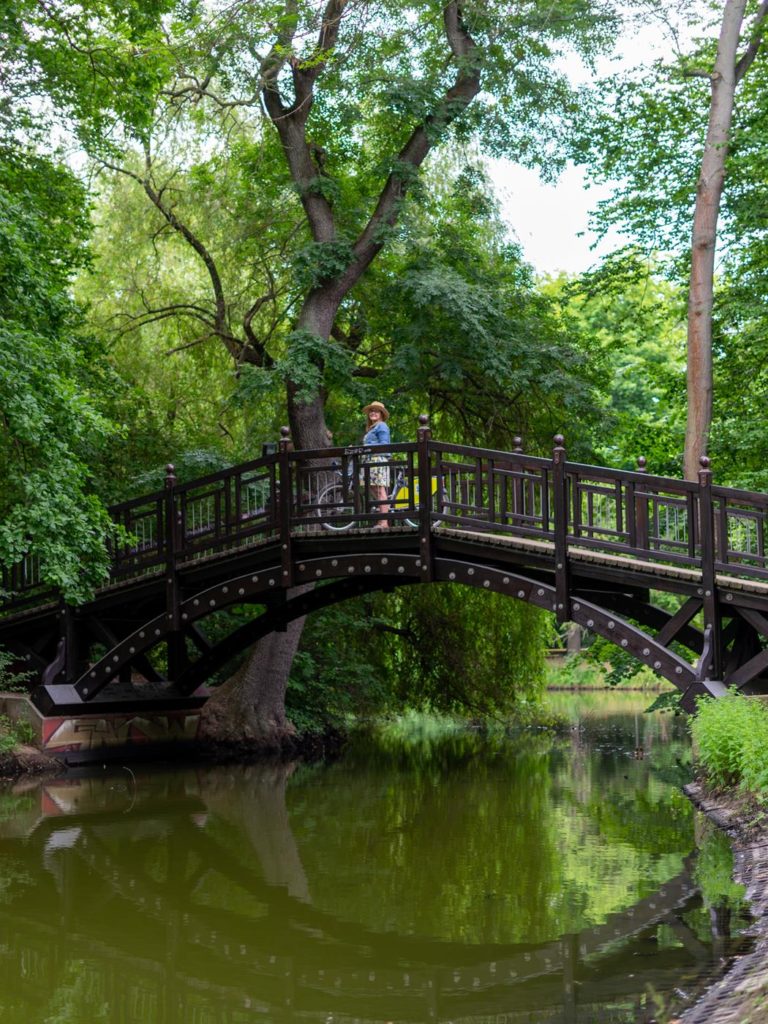
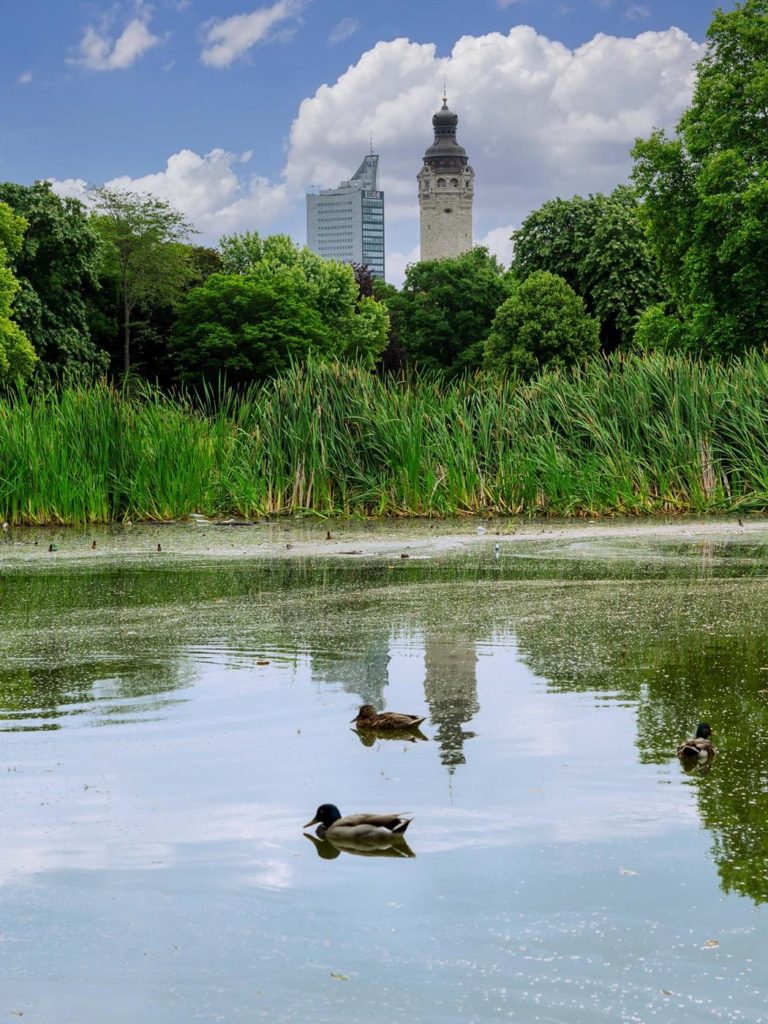
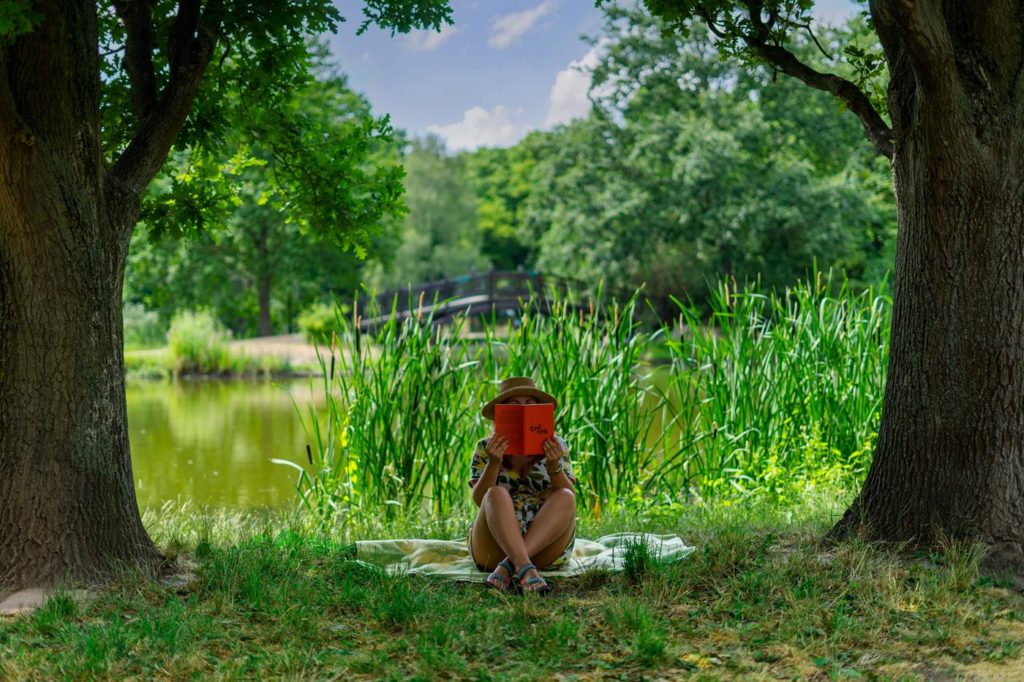
Federal Administrative Court in Leipzig
Despite being a functional court, the Federal Administrative Court in Leipzig is a sight to behold. Its grand architecture and overall aesthetics make it one of the city’s most photogenic spots. It’s surprising that this isn’t mentioned more often among Leipzig’s top attractions, but this breathtaking building is undoubtedly one of the most stunning in the city.
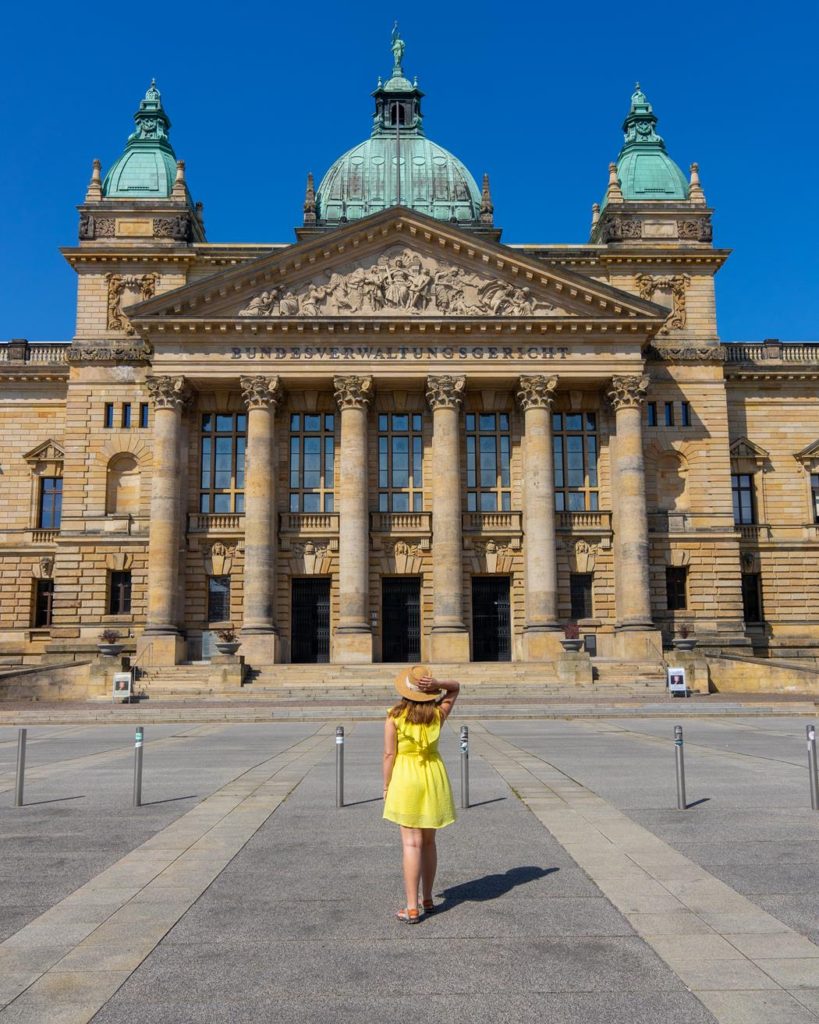
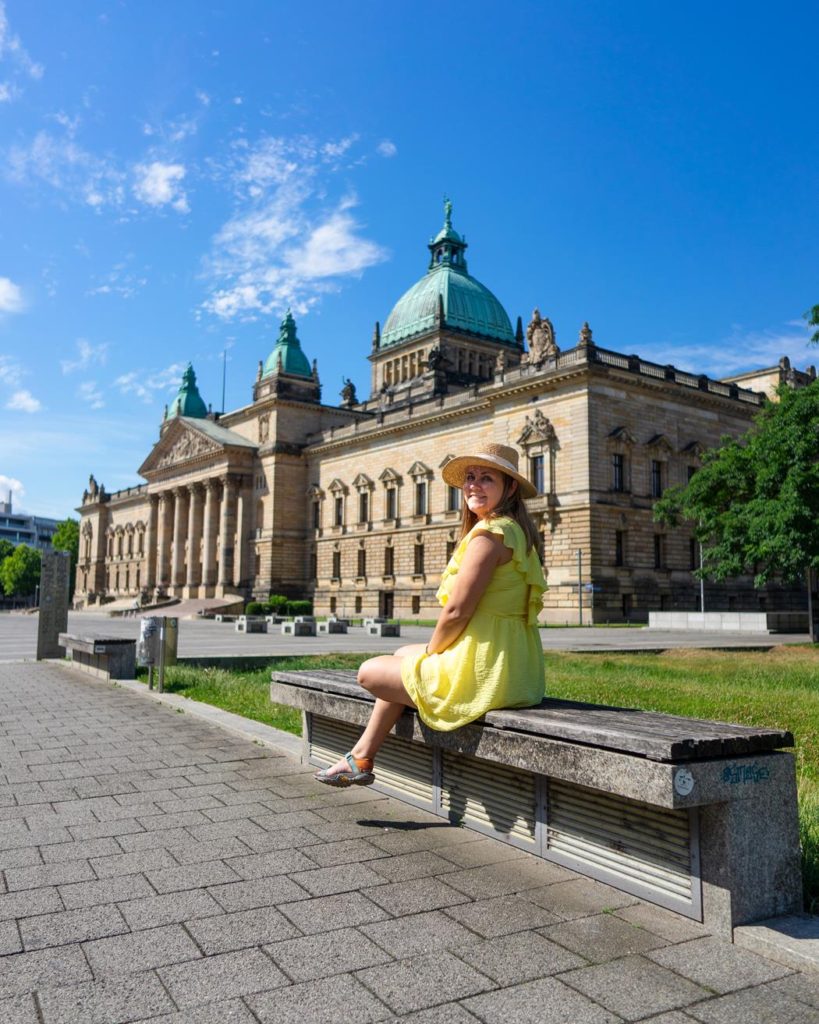
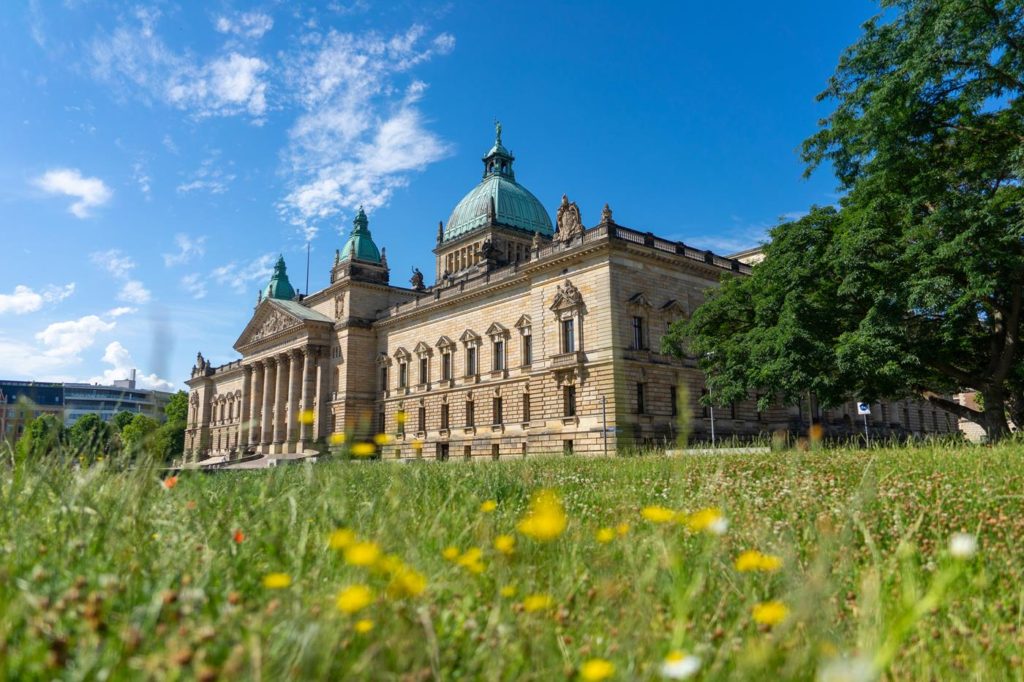
St. Thomas Church in Leipzig
St. Thomas Church in Leipzig is a prime attraction not just for believers, but for fans of classical music as well. This is where Johann Sebastian Bach served as a kapellmeister, and as a result, a monument dedicated to him has been placed at the entrance of the church. Bach’s tombstone has been housed in the church since his remains were relocated to St. Thomas Church in 1950. Apart from its strong association with Bach, the church is noteworthy for housing Germany’s oldest boys’ choir.
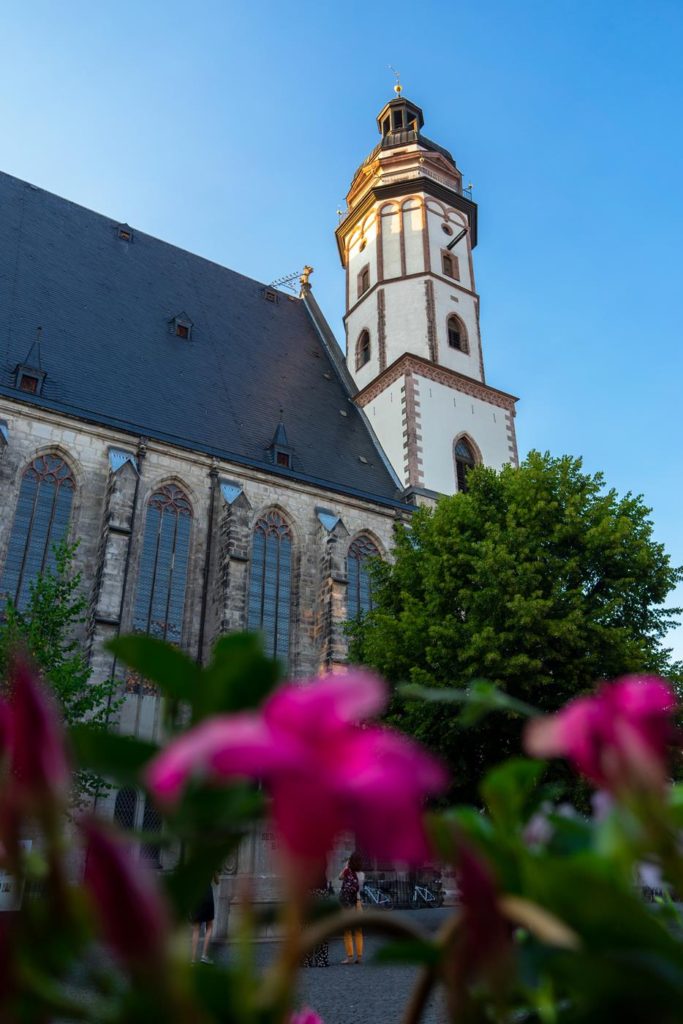
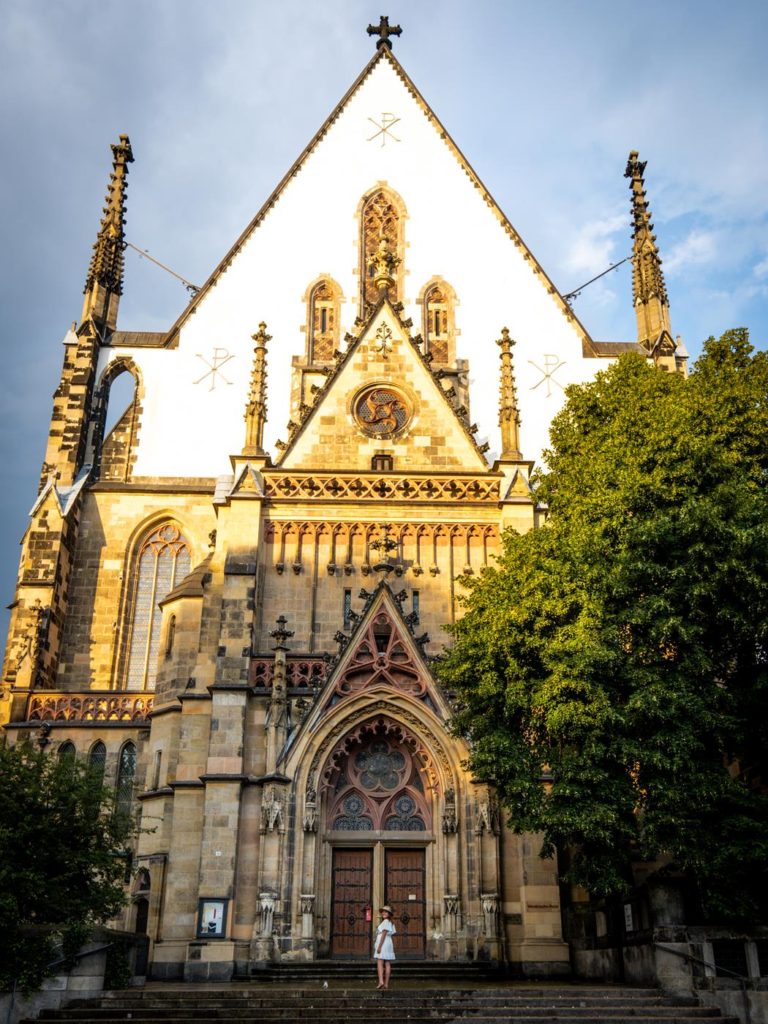
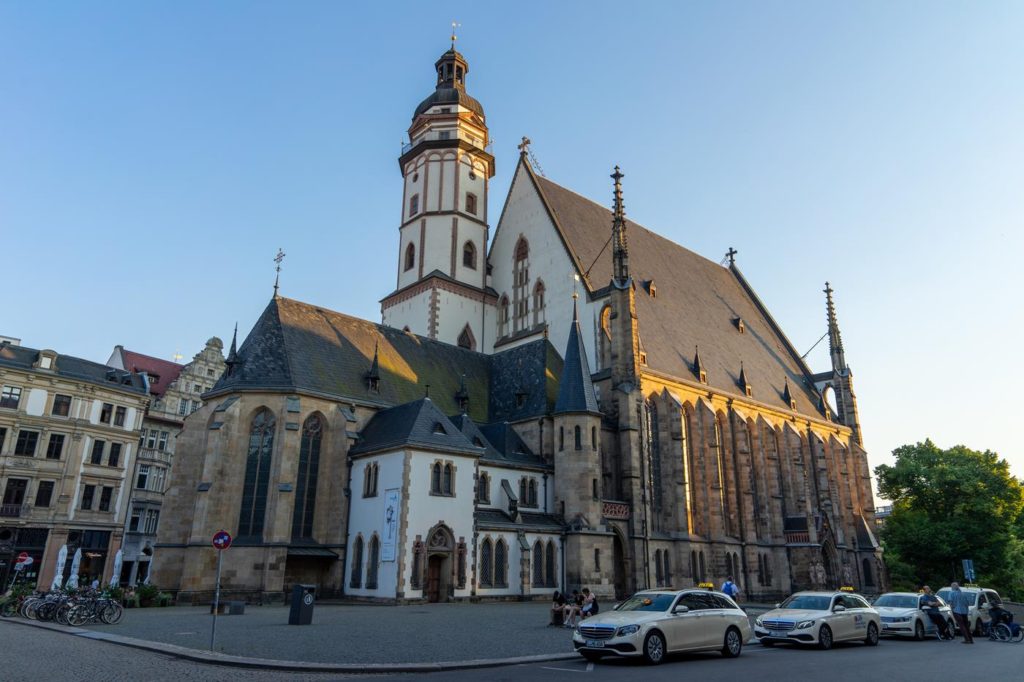
St. Nicholas Church in Leipzig
This church makes the list not due to its religious significance, but rather its historical importance. It was here that the peaceful revolution, which eventually led to the fall of the Berlin Wall, began. The church is also characterized by palm-tree shaped columns, both on its exterior and interior. However, while photography is allowed within St. Nicholas Church, there is a prohibition against publishing those photos online. Despite not being able to share pictures, I assure you that the interiors are quite striking.
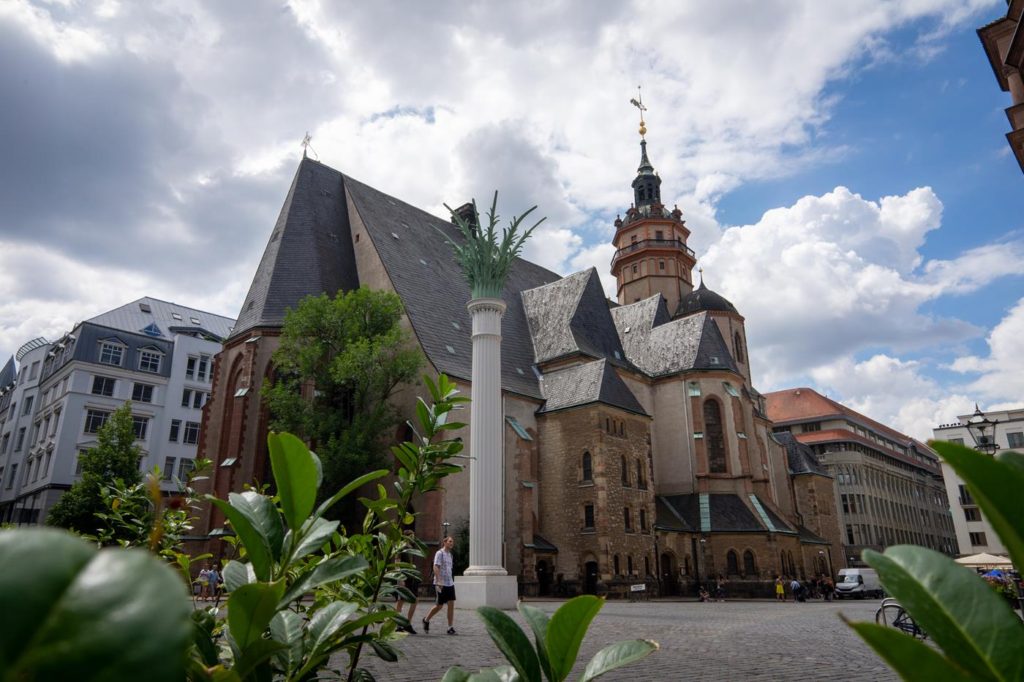
University Church
Though it’s another church on the list, the University Church is an essential part of Leipzig’s appeal. Situated at the entrance to the Old Town, this modern, glass-encased structure is no longer used for religious purposes but as a place of learning. It was constructed on the site of a former church that was demolished in 1968 by decision of the Communist Party.
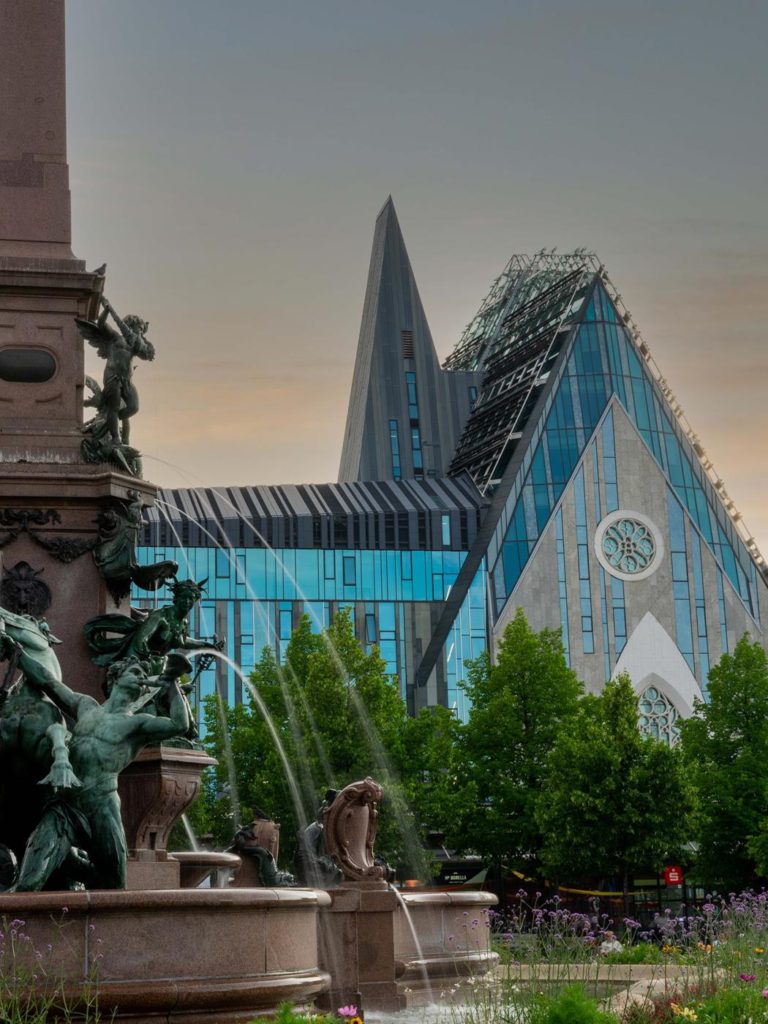
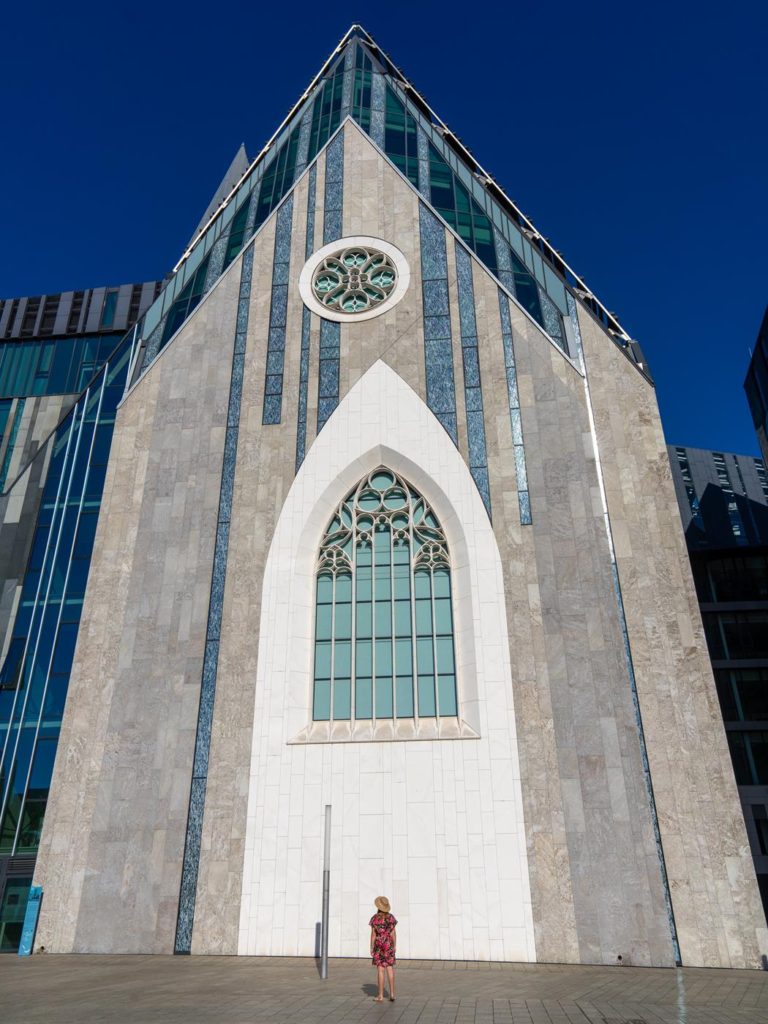
Holocaust Memorial Monuments
The Jewish community of Leipzig suffered tremendously during World War II, particularly during the Kristallnacht. As you explore the city, you’ll notice bronze cubes nestled among the granite pavers. These mark the residences of Jews who were forcibly taken to places like Auschwitz.
Leipzig is also home to a Holocaust Victims Memorial. It’s located at Zentralstraße 4, where the Great Synagogue once stood until 1938. The memorial features 140 empty bronze chairs, with each chair representing the memory of 100 Jews from Leipzig who were murdered during the Holocaust.
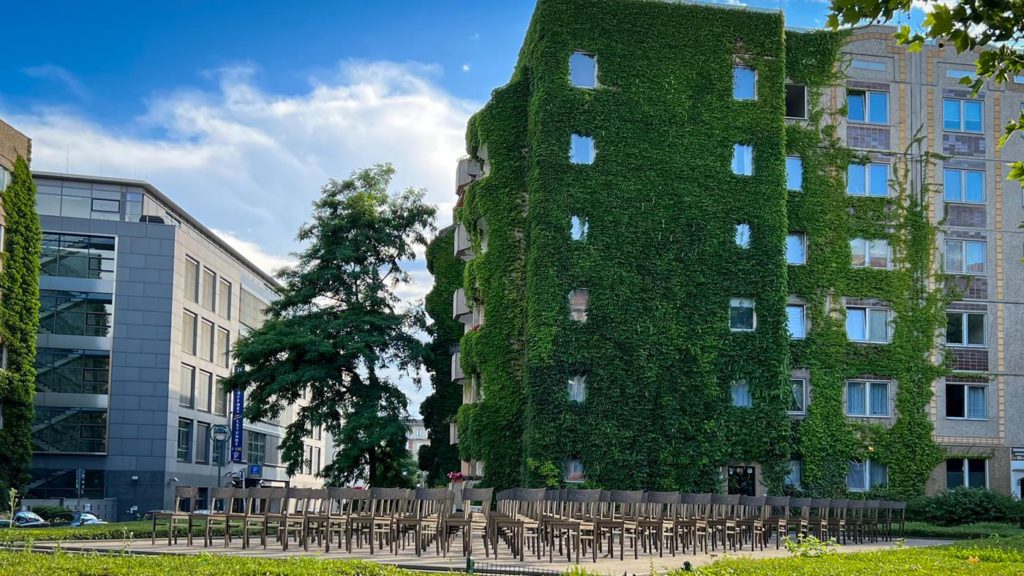
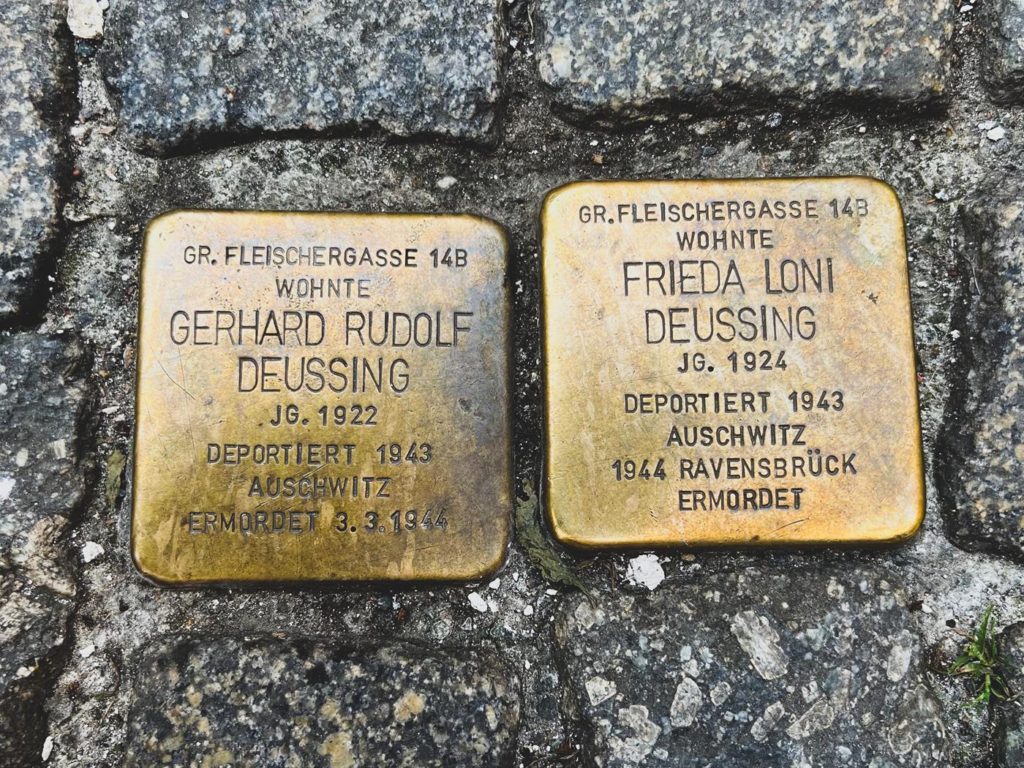
Industrial Leipzig
Once a hub of industry, Leipzig has successfully repurposed many of its post-industrial buildings into public spaces, adding to the city’s unique charm. If you’re visiting, these spots are well worth your time:
- Kunstkraftwerk: Once a thermal power plant, it’s now a cultural center that often hosts events and exhibitions.
- Spinnerei: This former cotton mill has been converted into an art center that houses galleries, exhibitions, artists’ studios, and cafes.
- Karl Heine Canal: Lining the canal are several former factories that have been transformed into interesting sites. A notable one is Kiezflohmarkt, a bustling flea market. You can also grab a bite to eat at a restaurant set up in a former measuring equipment manufacturing hall.
Among these post-industrial marvels, Buntgarnwerke stands out as a masterpiece. Although you can only admire it from the outside, its architecture and history make it a must-see.
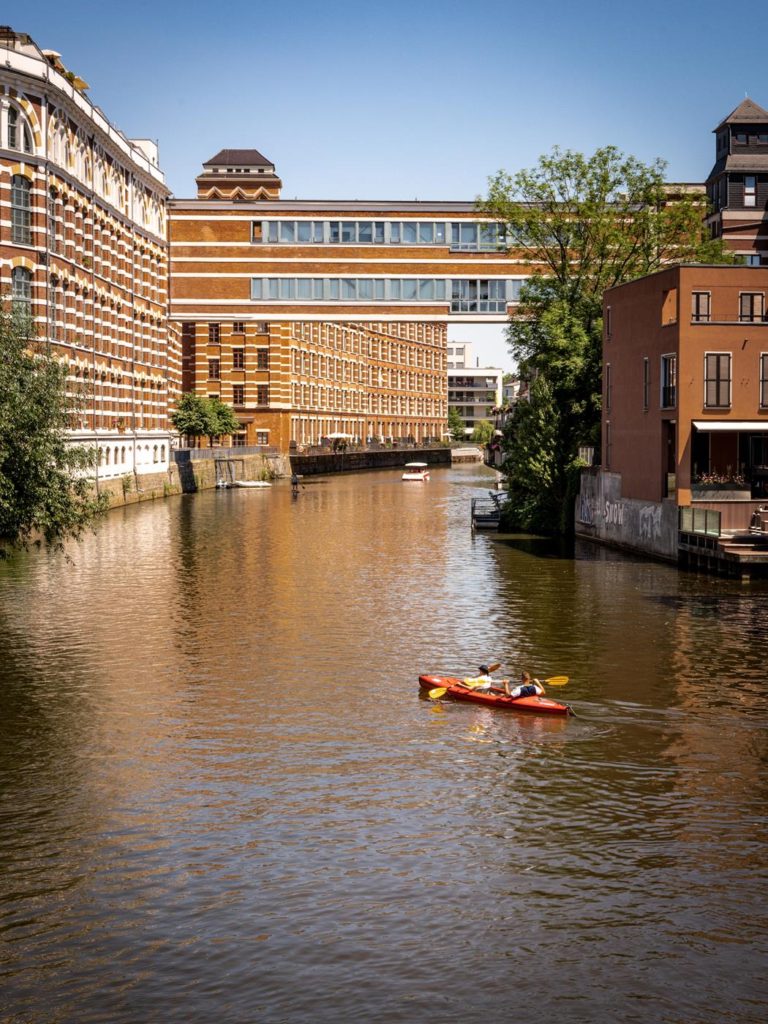
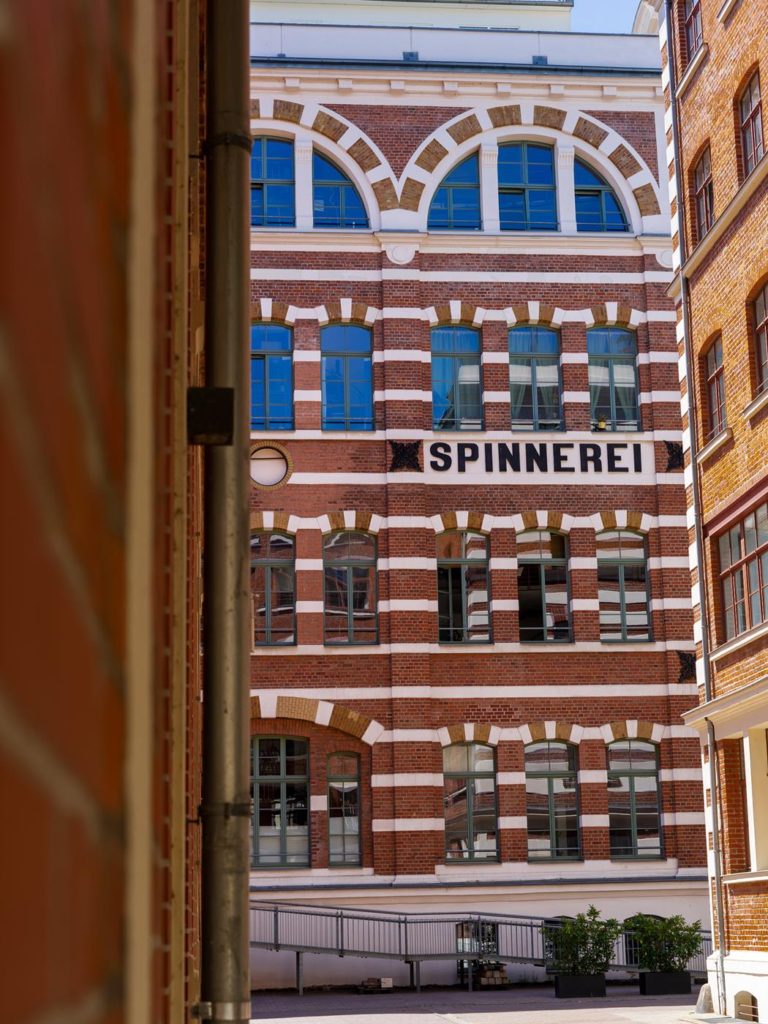
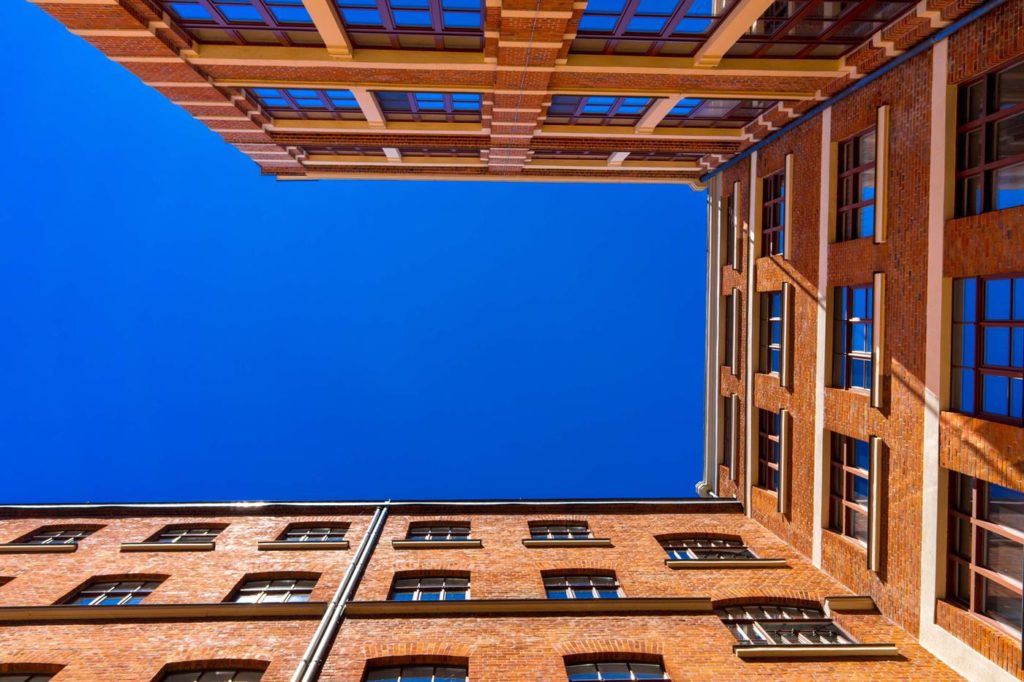
Murals in Leipzig
Leipzig is a city rich in murals, offering an impressive variety of street art. One of the most renowned pieces is by Michael Fischer, situated on the street ‘am Brühl’. This vibrant painting references the peaceful revolution that started in Leipzig.
For those who are fans of street art or are interested in creating some themselves, the area around Karl Heine Canal is a great place to start. Here, you can not only admire a diverse array of graffiti but also contribute to the art scene by creating your own.
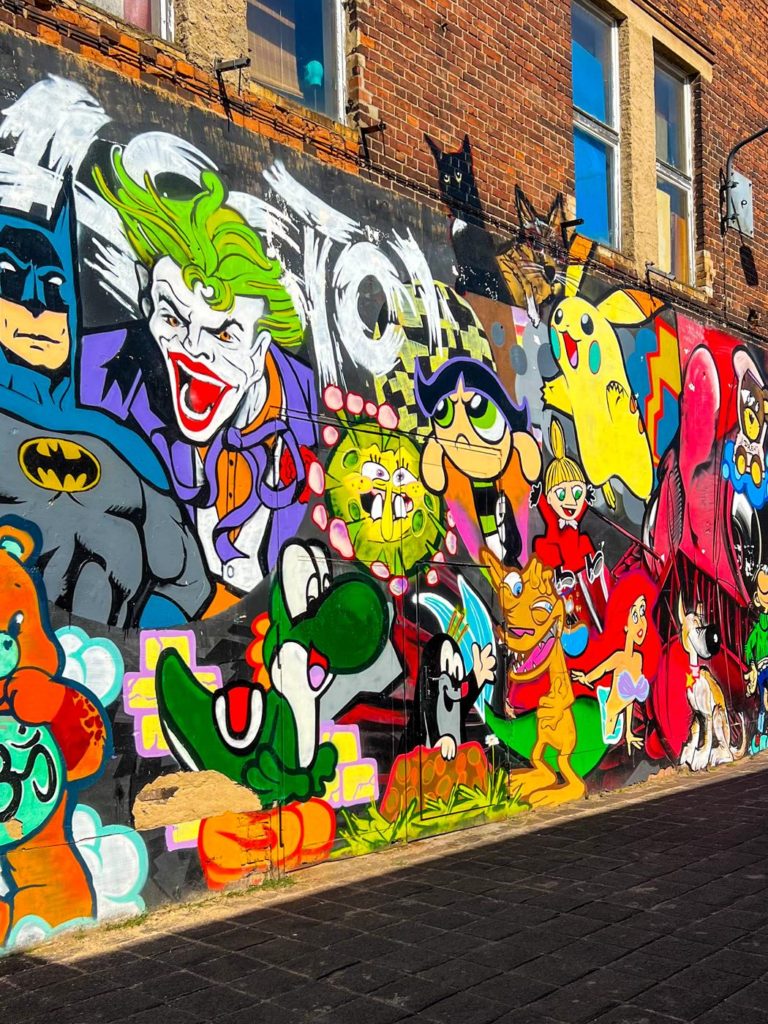
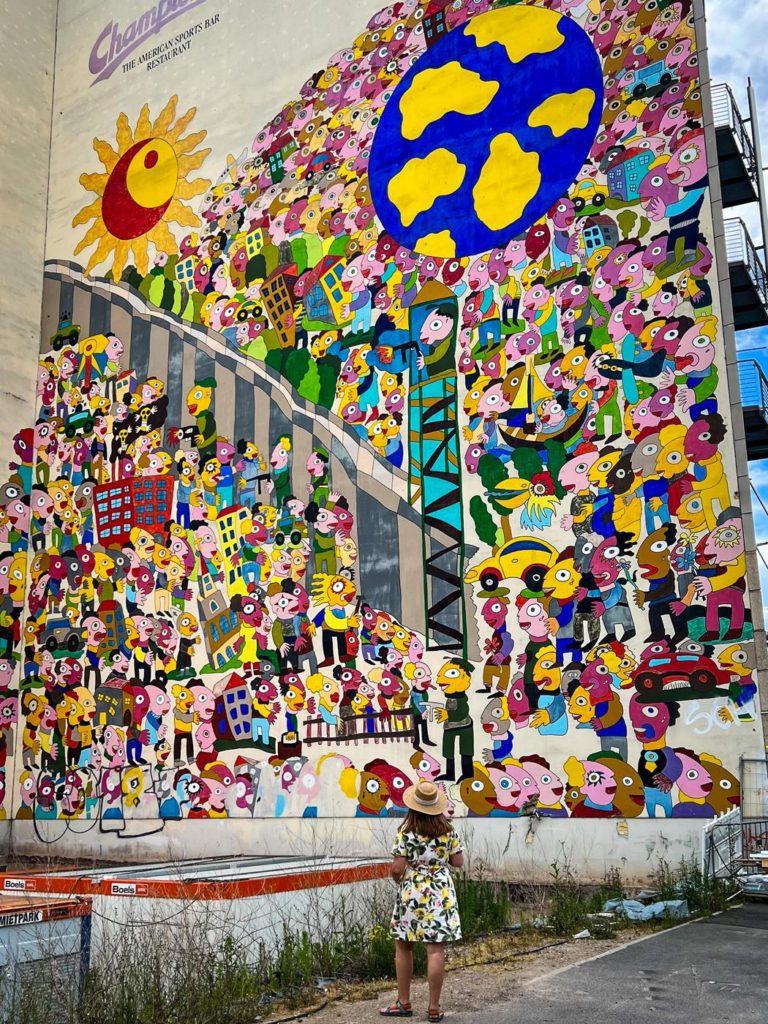
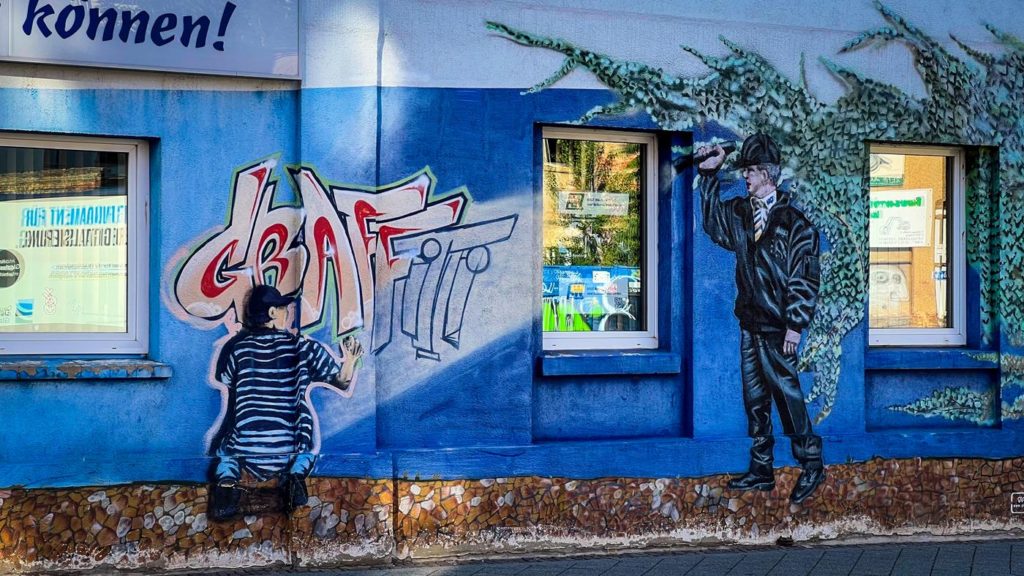
Monument to the Battle of the Nations
The Monument to the Battle of the Nations is gaining increasing popularity among tourists, and it’s easy to see why. This monument commemorates the Battle of Leipzig (1813), which was the most significant confrontation of the Napoleonic Wars. The monument’s architecture, some have compared to a Mexican pyramid, is as photogenic as it is impressive. Visitors can explore its interior, but be aware that the corridors can be confusing. So, allot more time than you might initially think you’d need.
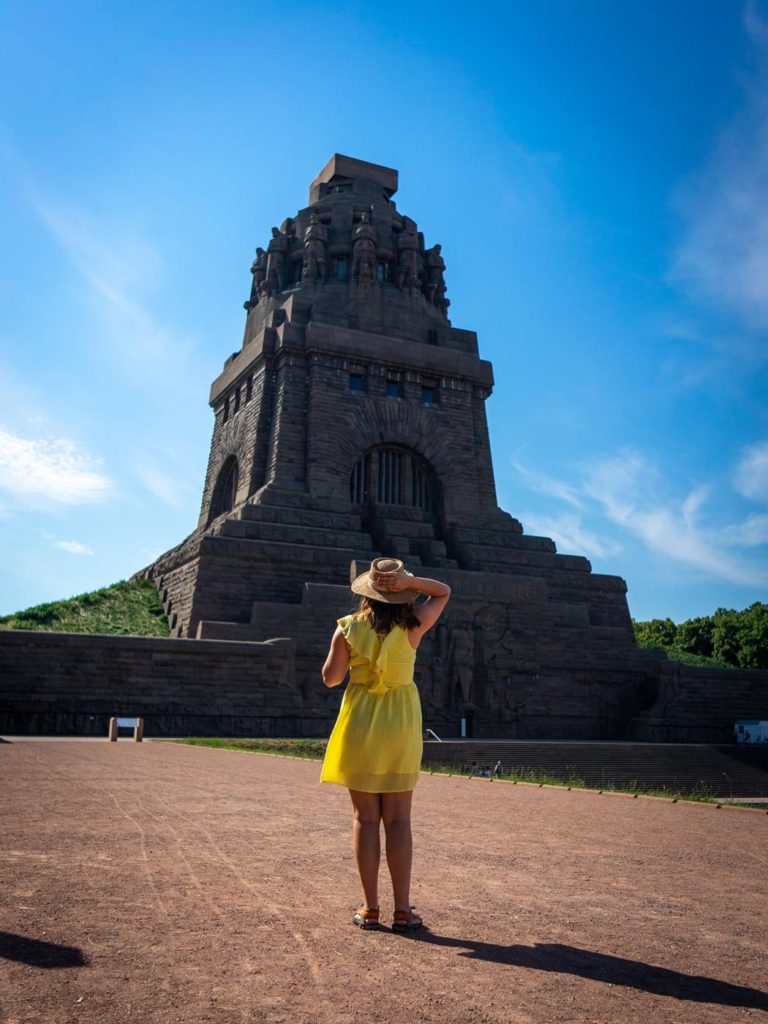
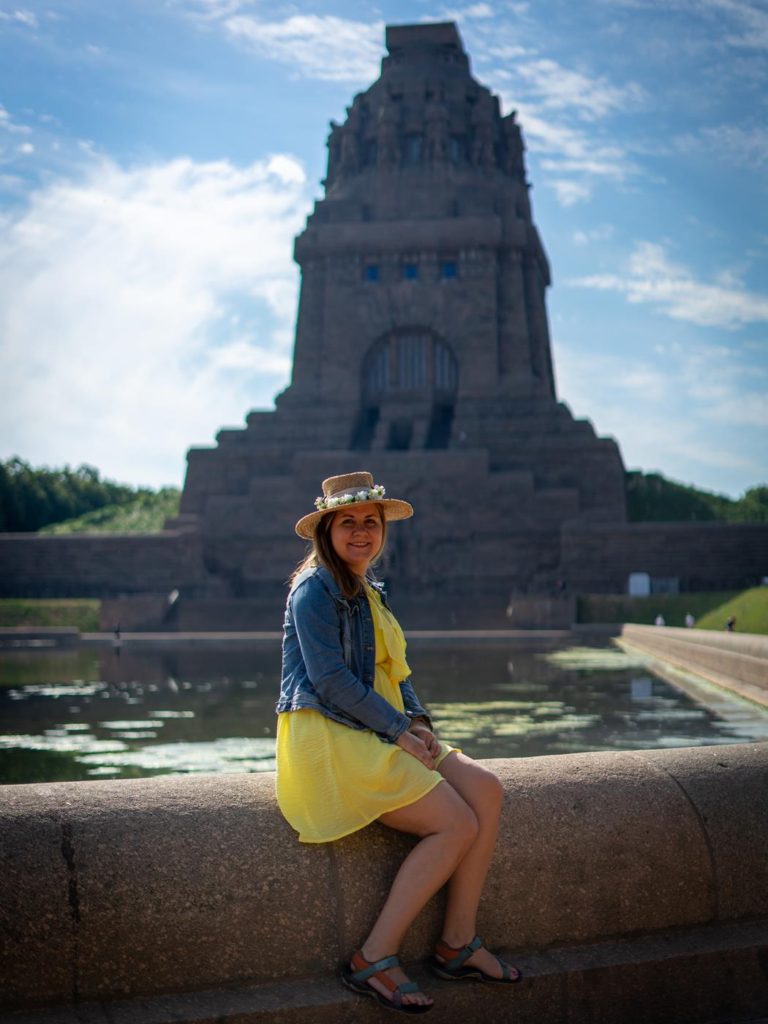
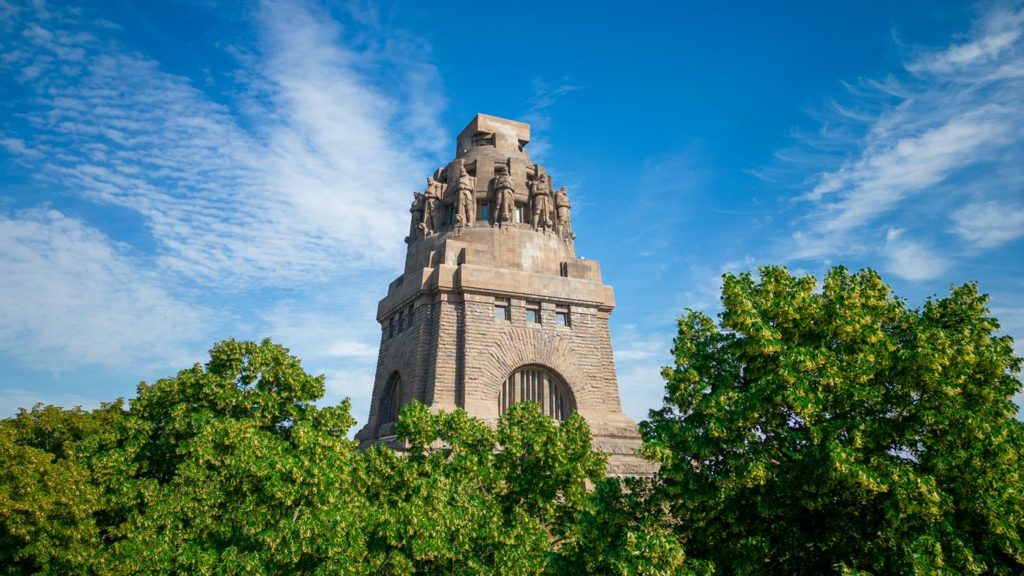
Porsche Leipzig
Car enthusiasts, rejoice! Leipzig is home to one of the Porsche factories. Here, you can tour the car production lines, learning about the intricate process behind these luxury vehicles. But the real treat is the opportunity to take a Porsche out for a spin on their test track, an exhilarating experience that ranks as a top attraction in Leipzig. For more details, a dedicated post can be found here:
Take the Ride of Your Life: Inside Leipzig’s Porsche Experience Center
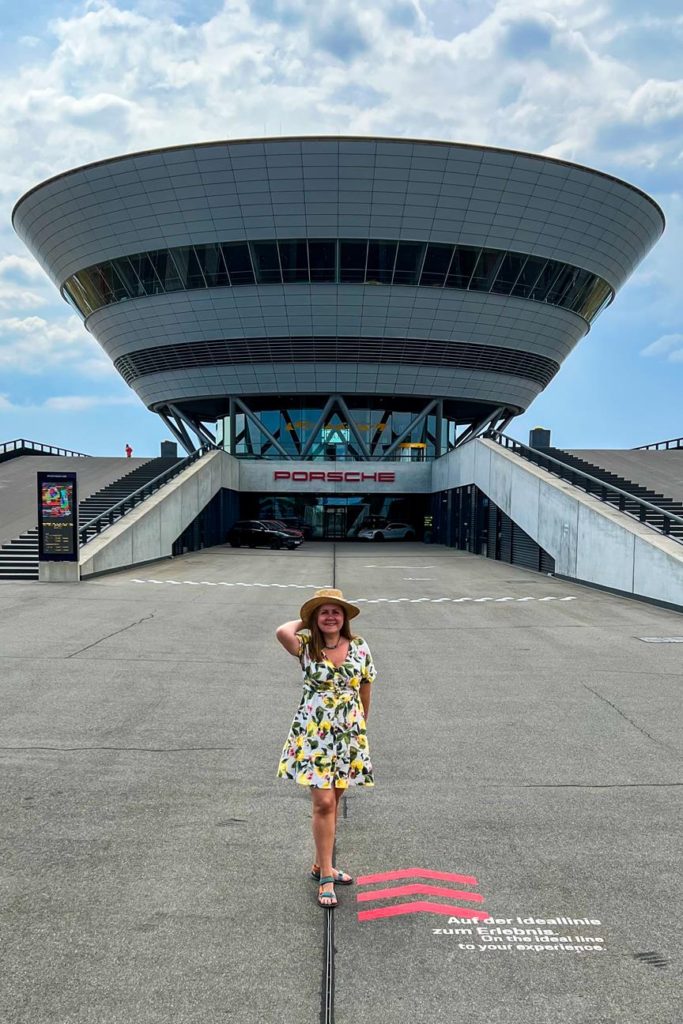
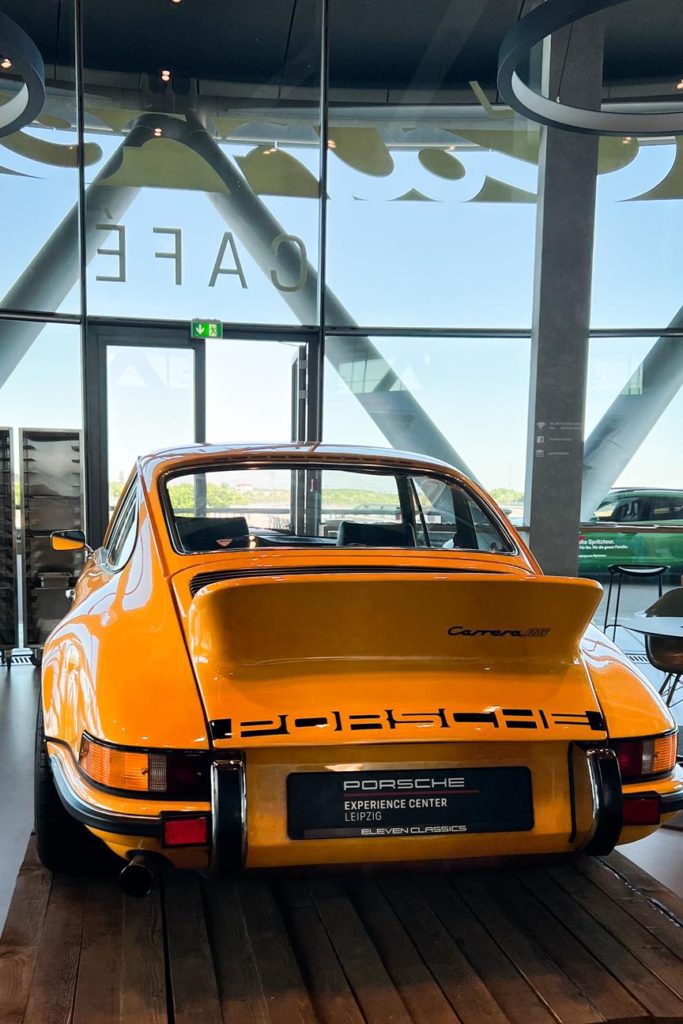
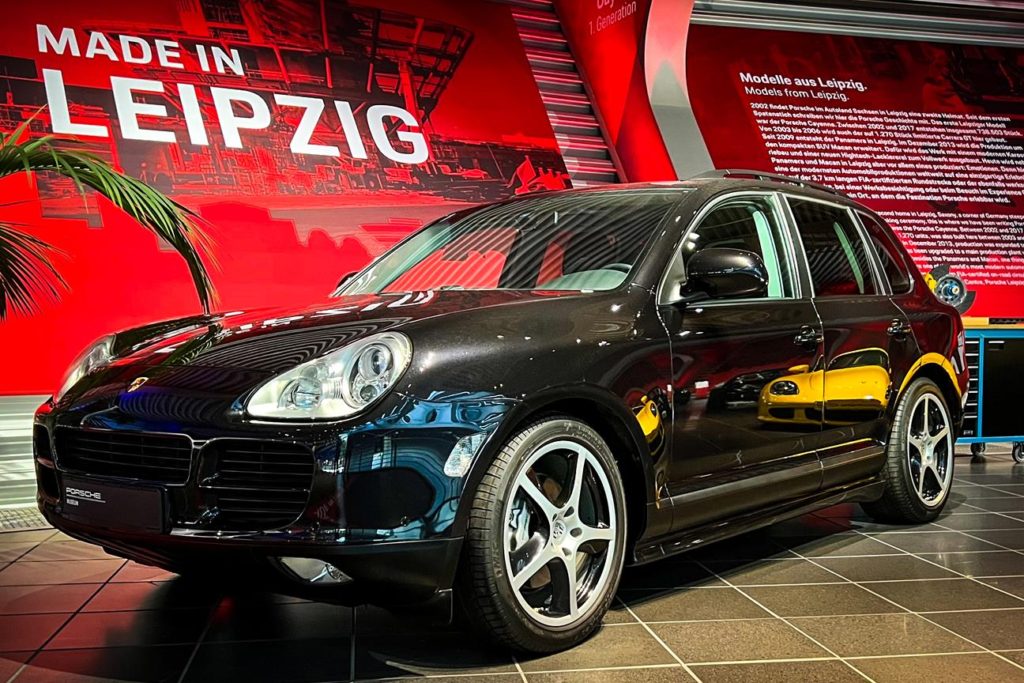
Panorama Tower
The Panorama Tower is a must-visit if you’re in Leipzig. As the tallest building in the city, with 36 floors, it provides the best vantage point for breathtaking views of Leipzig. A visit to this tower will give you a unique perspective of the city that’s hard to beat.
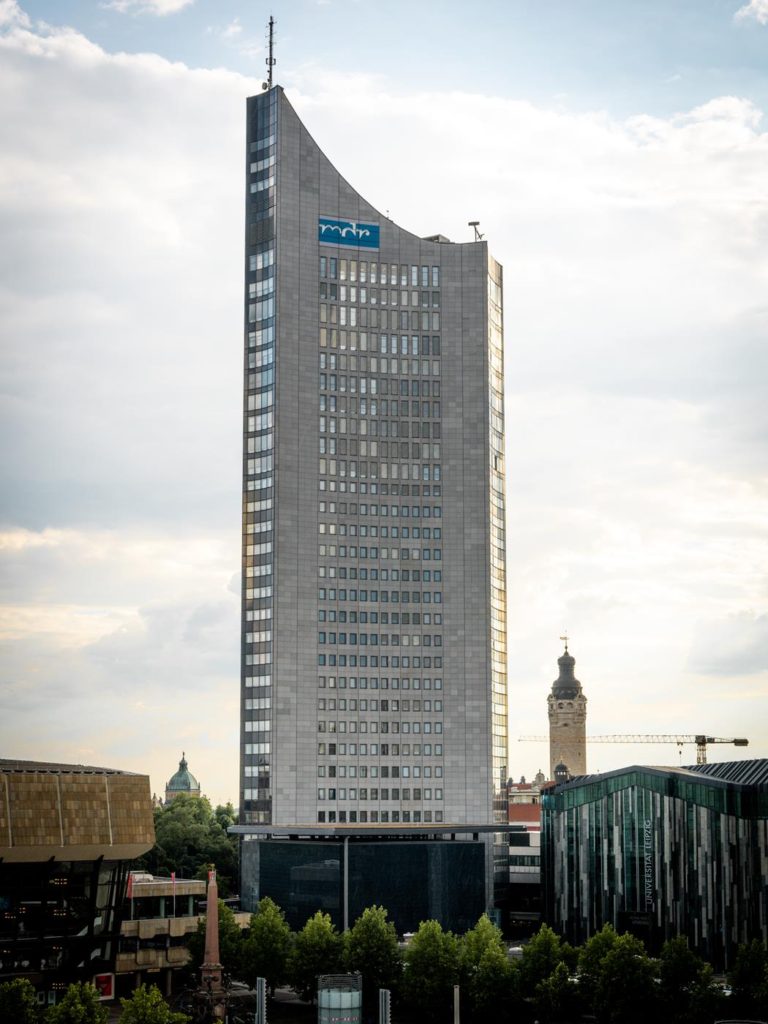
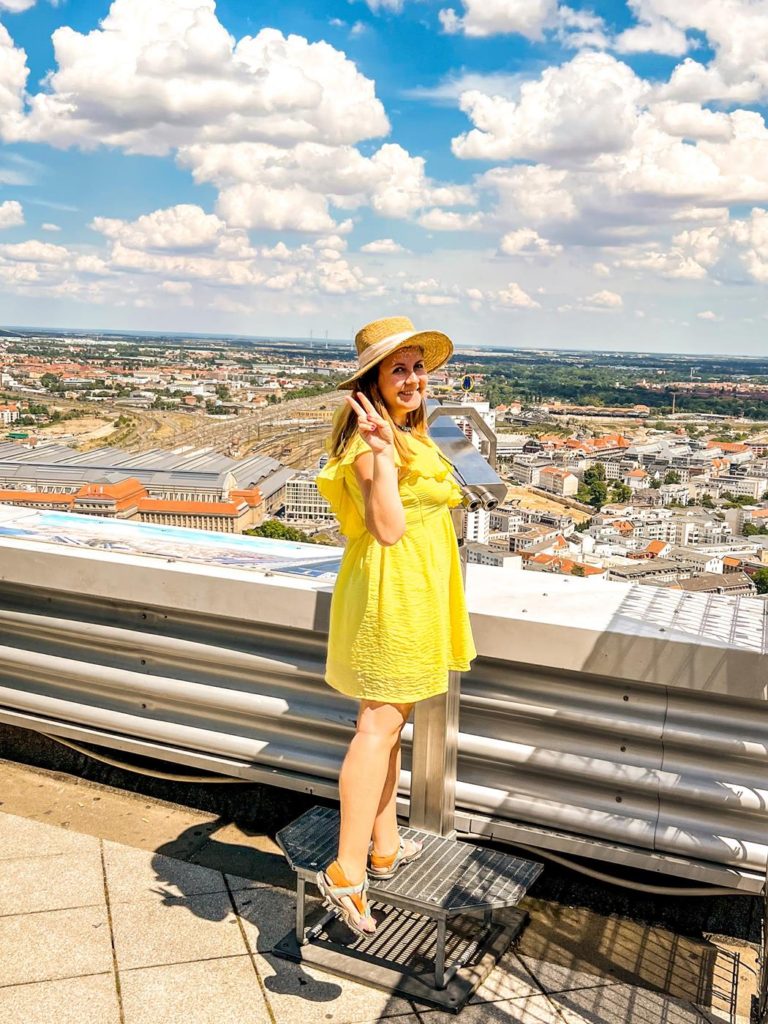
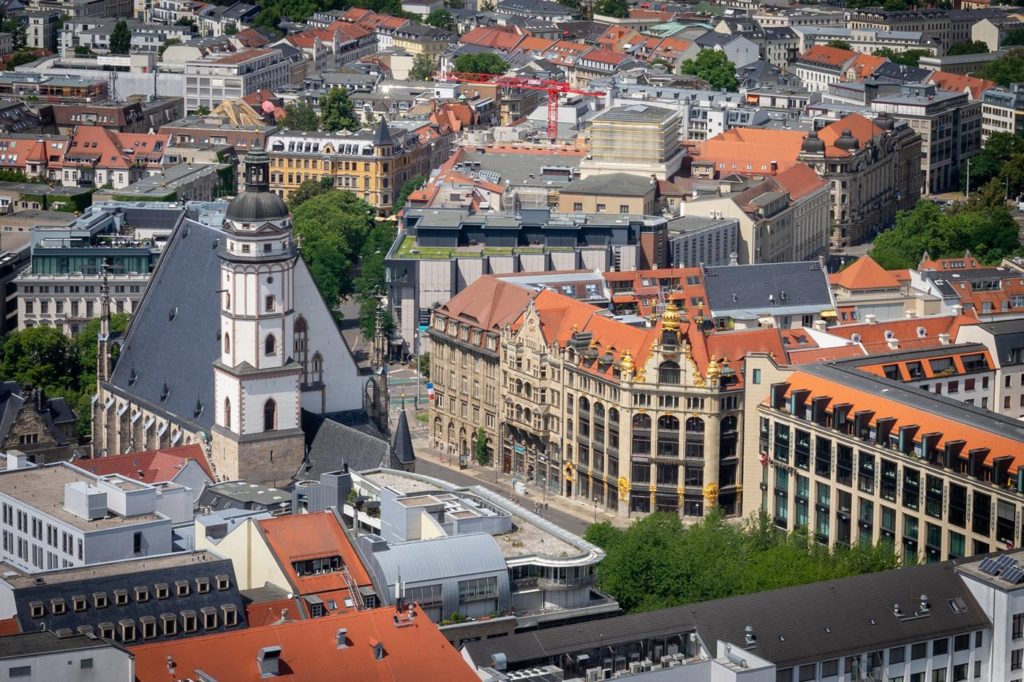
What Else is Worth Seeing in Leipzig?
If you have more time, there are several other attractions in Leipzig that are worth exploring:
- Leipzig Zoo: Renowned for its conservation efforts and large variety of species, this zoo is a must-visit for animal lovers.
- Russian Orthodox Church: This church, located in the heart of Leipzig, boasts unique and intricate architecture and is steeped in history.
- Panometer: An impressive panoramic museum showcasing some of the world’s largest panoramas created by artist Yadegar Asisi.
- Museum of National Remembrance in the “Round Corner”: This museum documents the history of the German Democratic Republic (GDR) and the activities of the Stasi, the GDR’s state security service.
- Museum of Fine Arts: Home to an extensive collection of artwork, this museum features pieces from the Middle Ages to the modern era.
- Museum of Antiquities of the University of Leipzig: This museum houses a vast collection of antiquities, including ancient Egyptian, Greek, and Roman artifacts.
- Leipzig Ethnographic Museum: A fascinating museum showcasing various cultural artifacts from around the world.
Leipzig is a city filled with diverse attractions. Even after your initial visit, you might find that there’s still more to explore, making it a great place for return trips.
Prices in Leipzig
Leipzig, located in the eastern part of the country, is generally considered to be less expensive. From my perspective, Leipzig is only slightly pricier than Poland, and some services or products are actually cheaper. Thus, if you’re on a limited holiday or weekend budget, Leipzig should be quite manageable. For instance, a scoop of ice cream starts at 1 euro, a currywurst sets you back by 4 euros, and dining out in a restaurant starts from 10 euros upwards. Moreover, accommodation during the holiday season is reasonably priced, as long as you book in advance.
Shopping in Leipzig
Leipzig was once renowned as a shopping city, and it still holds its charm to this day. In my opinion, Leipzig is a splendid destination for a girls’ trip, with an amalgamation of shopping and gallery visits. The city offers a diverse range of local stores, such as those found in the Mädler Passage, as well as unavailable chain stores like Zalando Outlet. I’m aware that many people visit Germany specifically to shop at Primark, which has a store located in Leipzig.
Where to Stay in Leipzig?
Leipzig boasts a comprehensive range of accommodations, thanks to the tourism and trade fairs that attract hundreds of thousands of exhibitors and visitors annually. But where should you stay in Leipzig? Given the city’s efficient public transportation system, even if you book a hotel further from the center, commuting won’t be a hassle. However, if you’re keen on exploring the Old Town and capturing early morning photographs, it’s preferable to find a place in the city center. We stayed at the Townhouse Hotel. This hotel’s location is exceptional, and after a four-night stay, I can confidently say it’s one of the more comfortable hotels I’ve had the pleasure of experiencing. We were in room 311, which is situated next to a disused historic staircase, lending an incredible tranquillity to the spot. The cost of a night starts at 80 euros including breakfast, and in my opinion, it is well worth the price. I’ve stayed in accommodations several times pricier, which were not as well-prepared. The hotel provides delicious breakfasts, comfortable beds, and a cozy ambiance. You can find it here.
Returning to the subject of accommodation prices in Leipzig, you can find hotels for around 60 euro per night if you book in advance. But as I mentioned, a lot depends on the date.
Booking.comWhere to Eat in Leipzig?
Finding delectable eateries in Leipzig is not a challenge, given the city’s abundance of delightful pubs and restaurants. I haven’t mentioned this before, but I used to vacation in Germany throughout my childhood (I have family in Hesse). I would spend a few weeks at my aunt’s farm, and after work, we would go out for lemon ice cream. I found the same flavor in one of the cafes in Leipzig! To avoid extending this post about Leipzig’s attractions, I’ve separately prepared an engaging guide featuring restaurants, bars, and cafes: Where to Eat in Leipzig? Restaurants and Cafes In the post, you’ll also discover spots for quick and delectable meals.
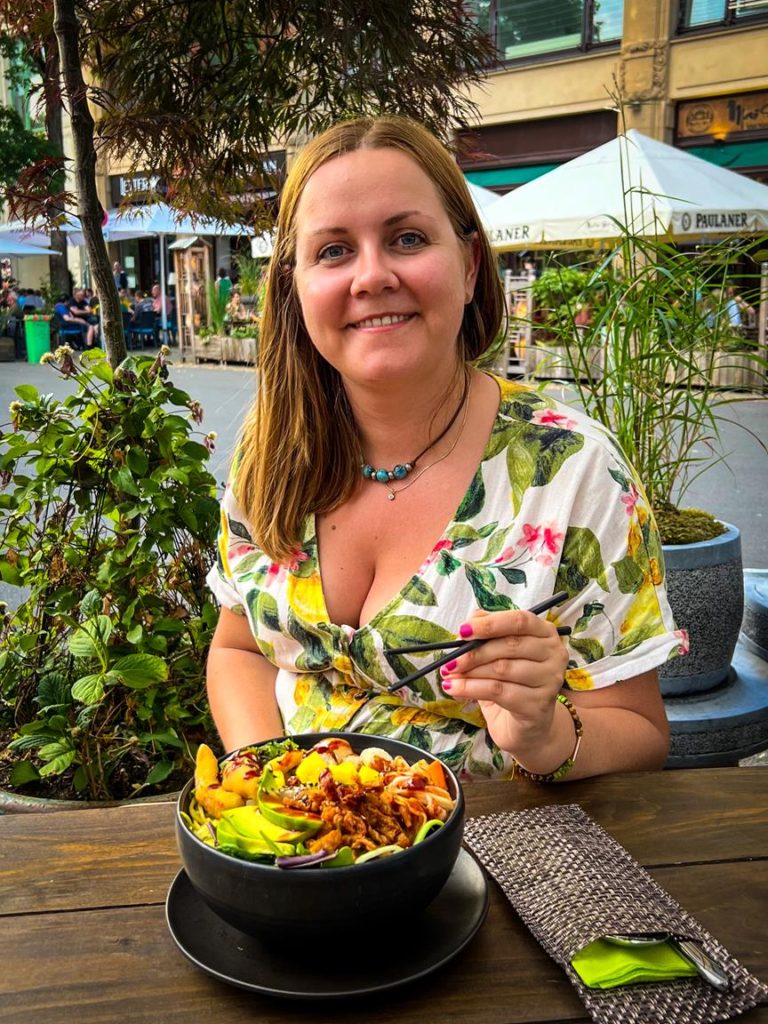
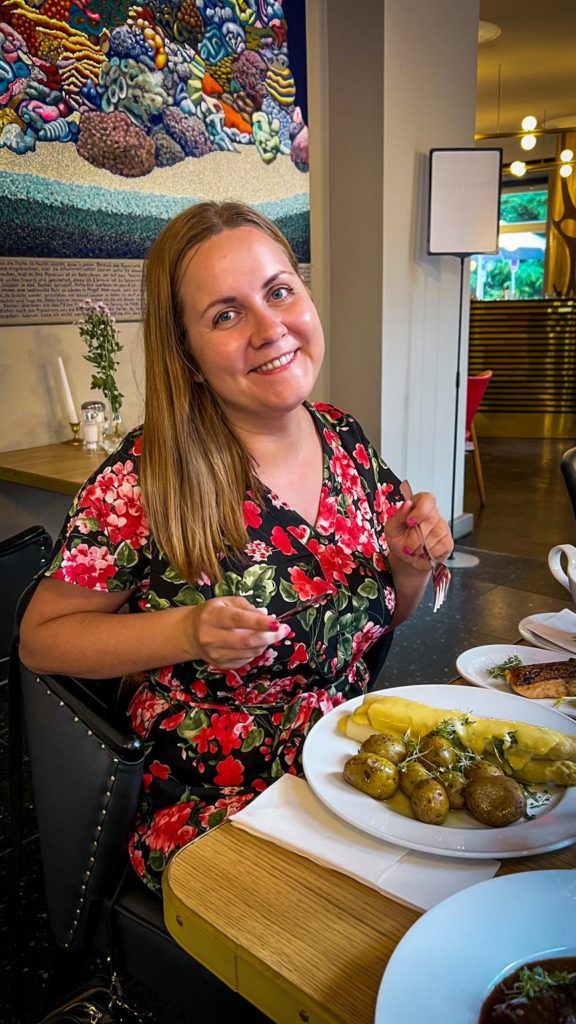
What to Do in Leipzig?
I believe my guide offers a wonderful itinerary for a weekend trip to Leipzig. This city is truly fantastic for a city break. It’s idyllic and green on one side, vibrant and covered in murals on another, and boasts flavorful food and a charming atmosphere on the third. If you’re contemplating a trip to Leipzig, stop pondering and simply hop on the train or get in the car. And remember one thing: “Drallewatsch” is an old Saxon term for a good time, so ensure you have a fantastic time in Leipzig.
If you have any recommended attractions or interesting places in the area, I would be delighted to hear about them!
More posts from Germany:
Exploring Lübeck: A Gem of Medieval Architecture and Cultural Heritage
Hildesheim: Fascinating Attractions to Explore
Saxony-Anhalt: Must-See Attractions You Can’t Miss
Things To Do In Quedlinburg – Tips for a Day Trip
Wernigerode: Unveiling the Fairy Tale Beauty of Germany’s Hidden Gem!